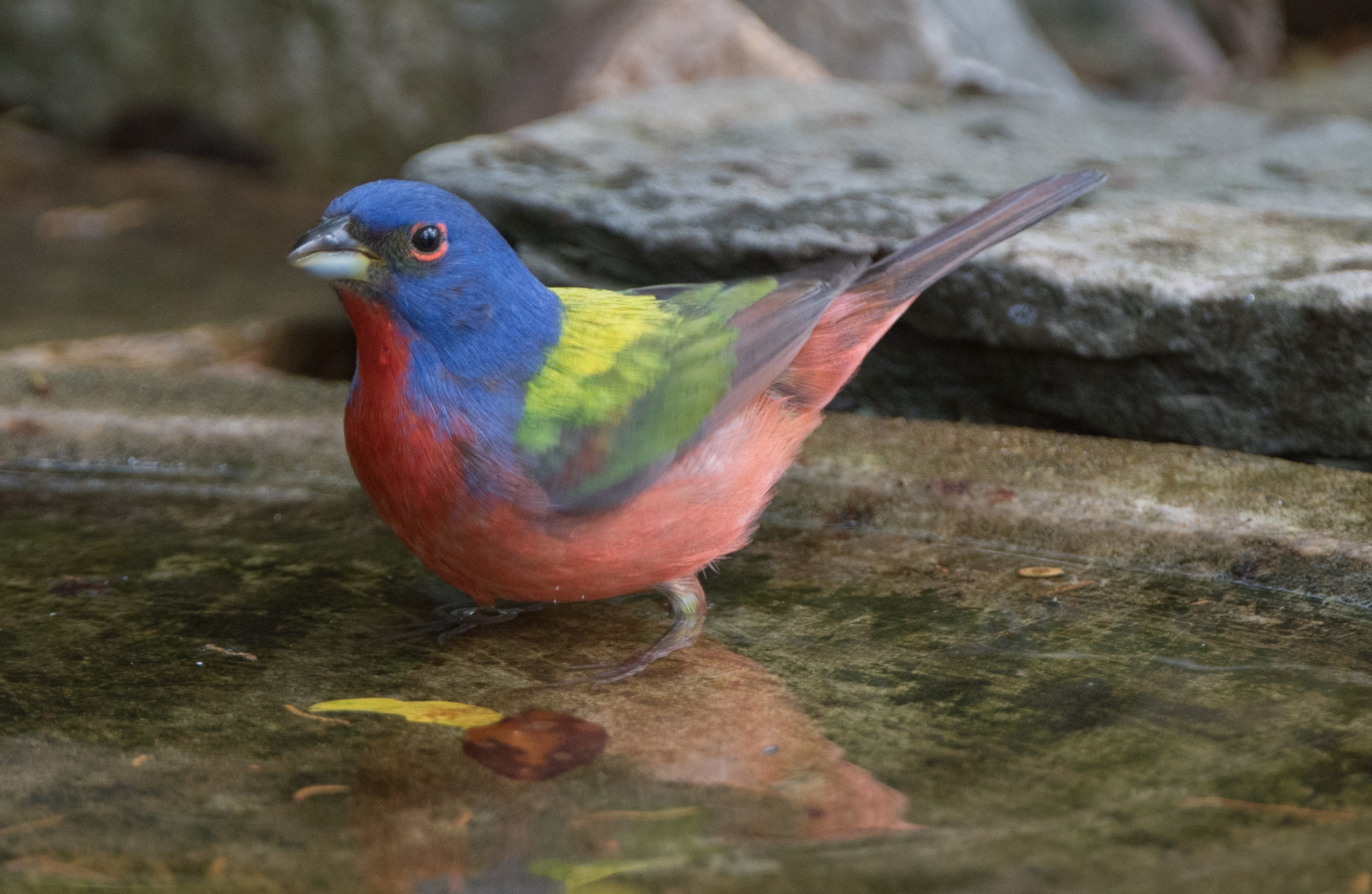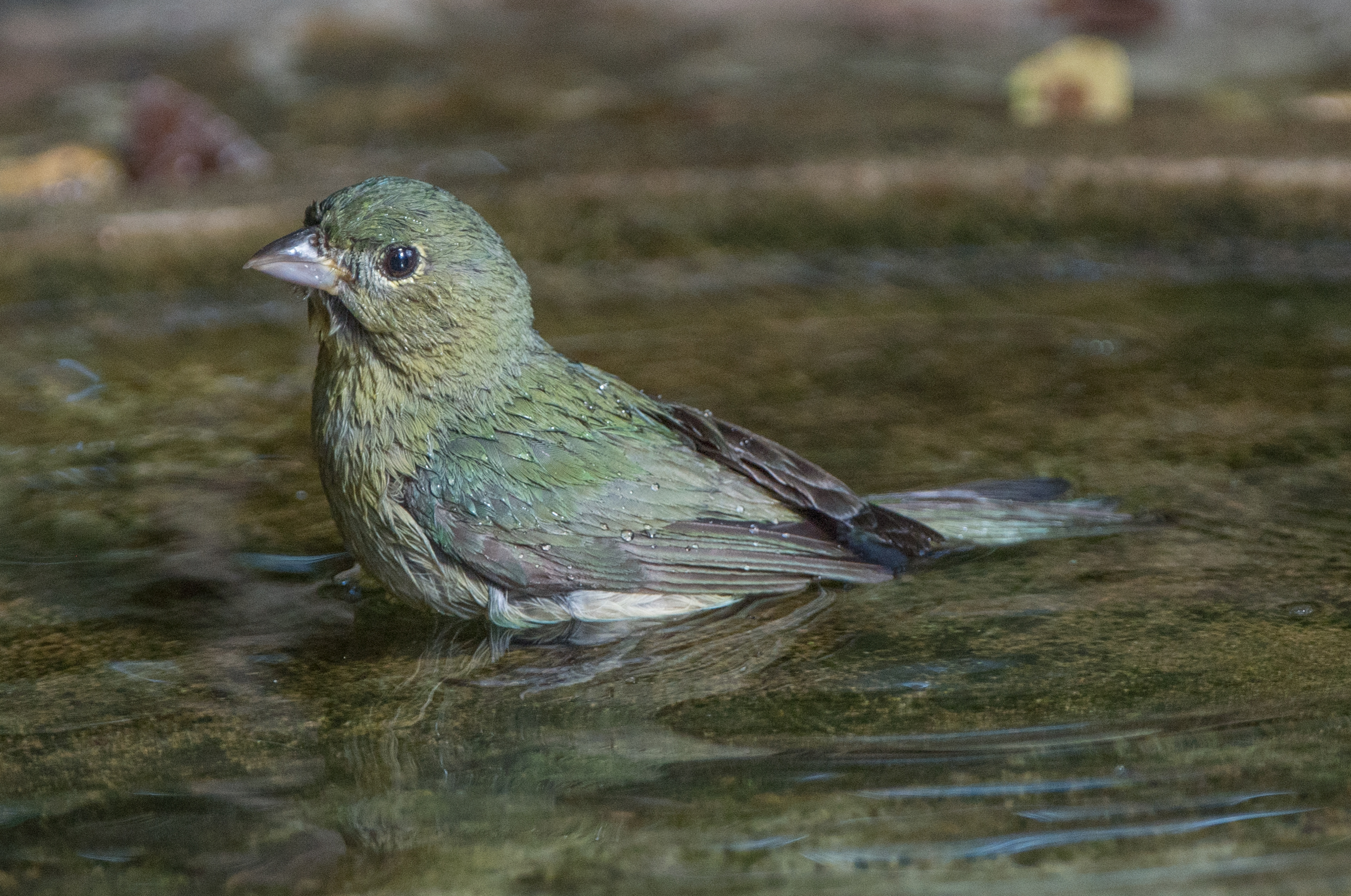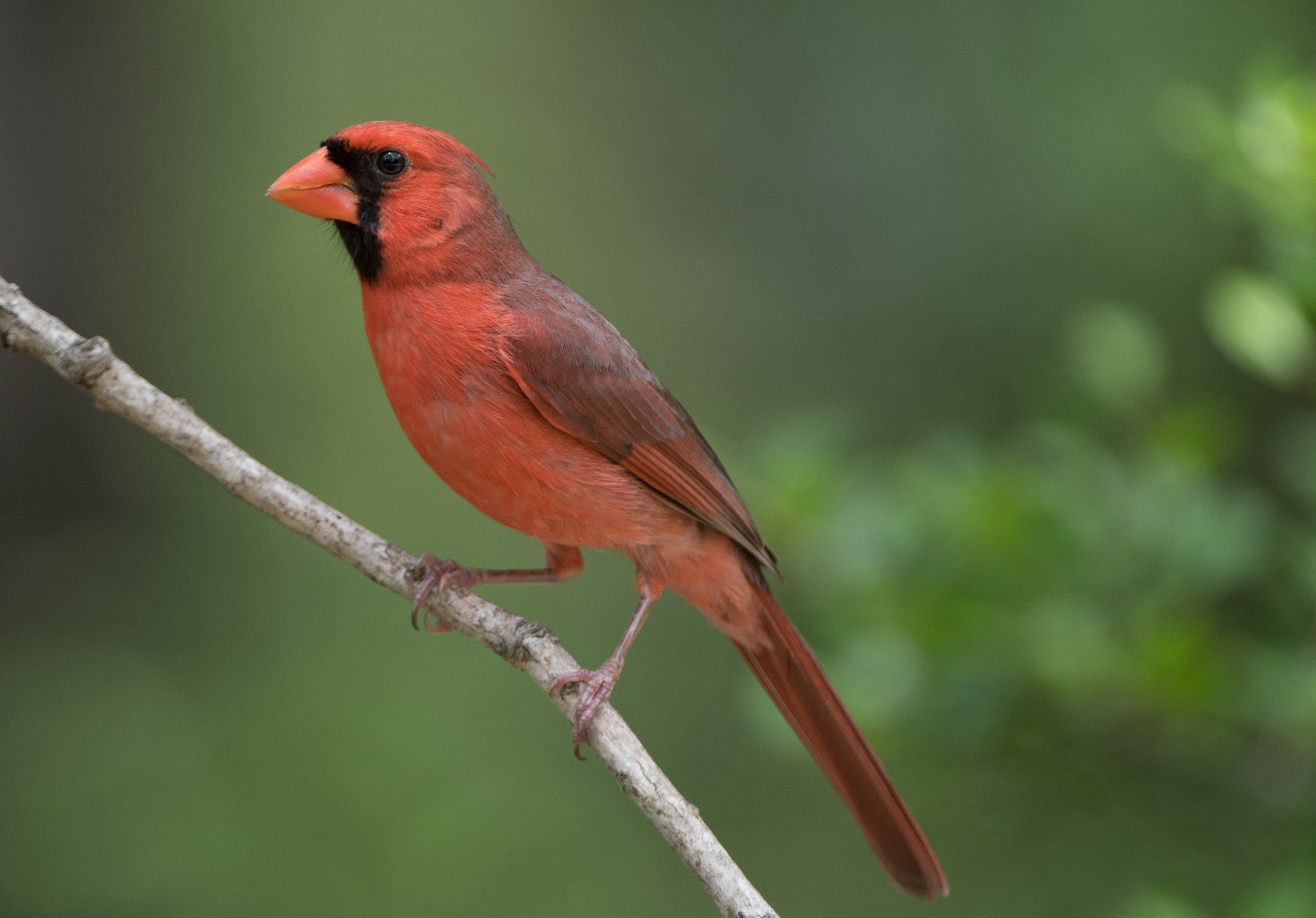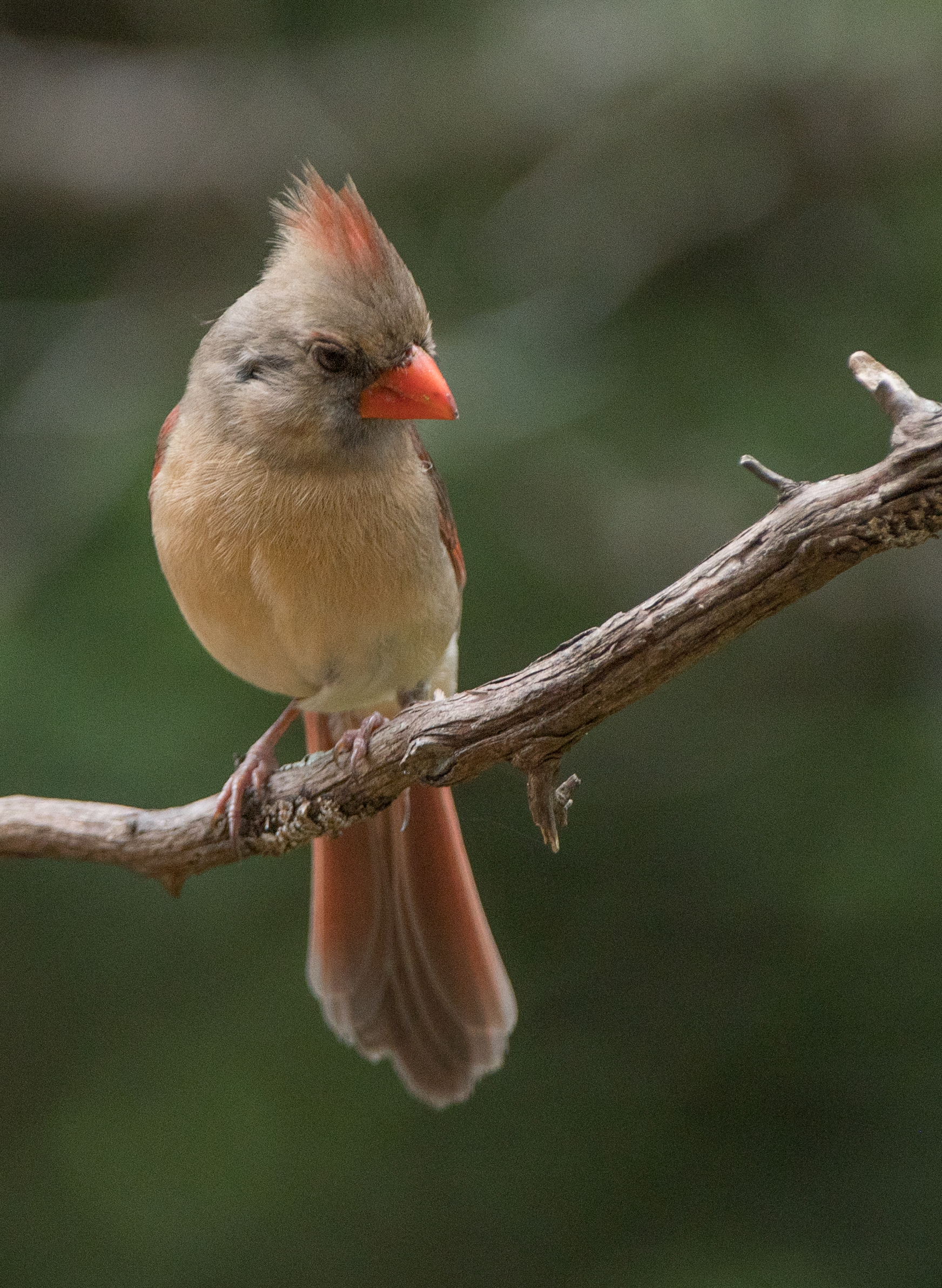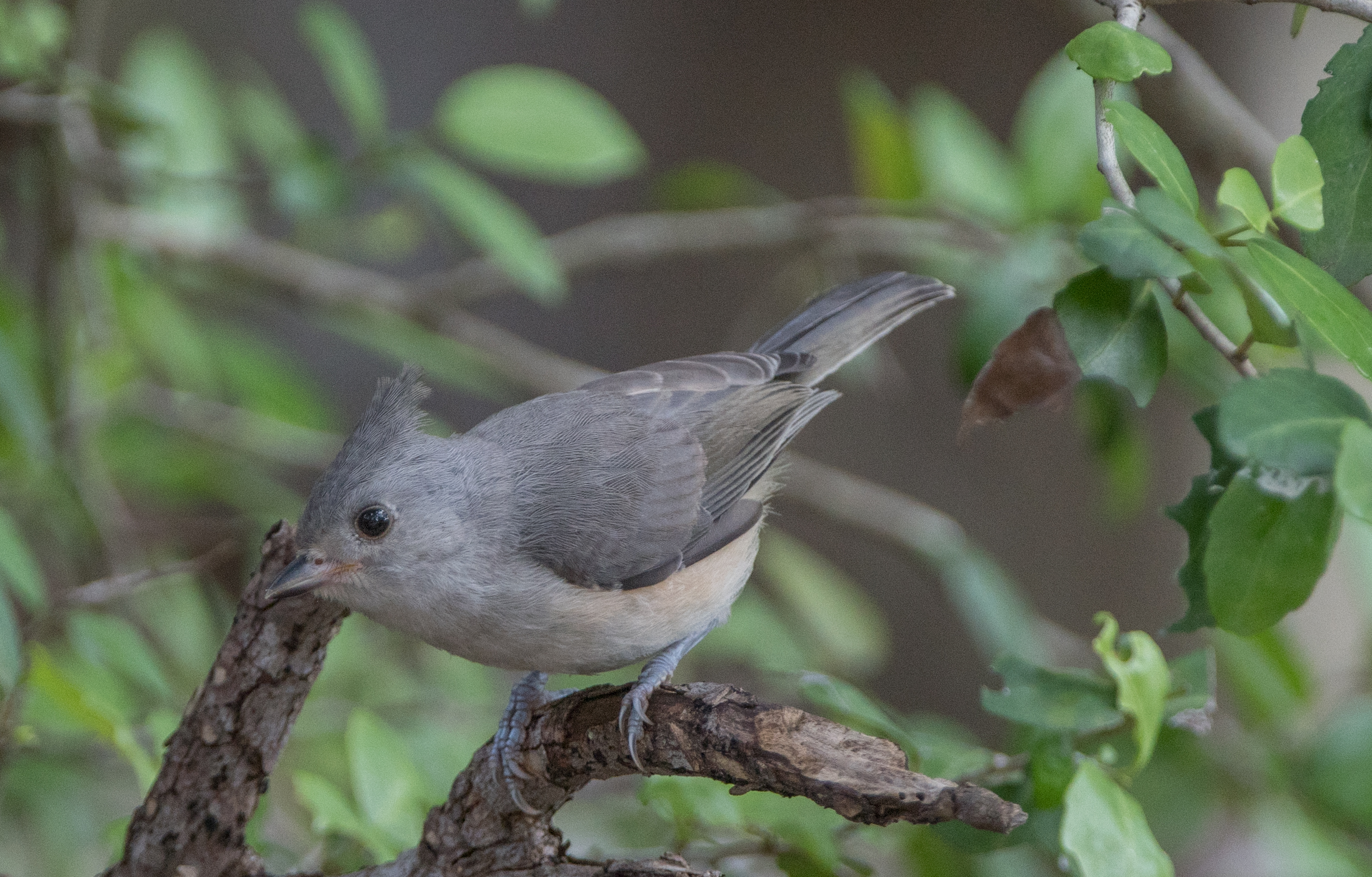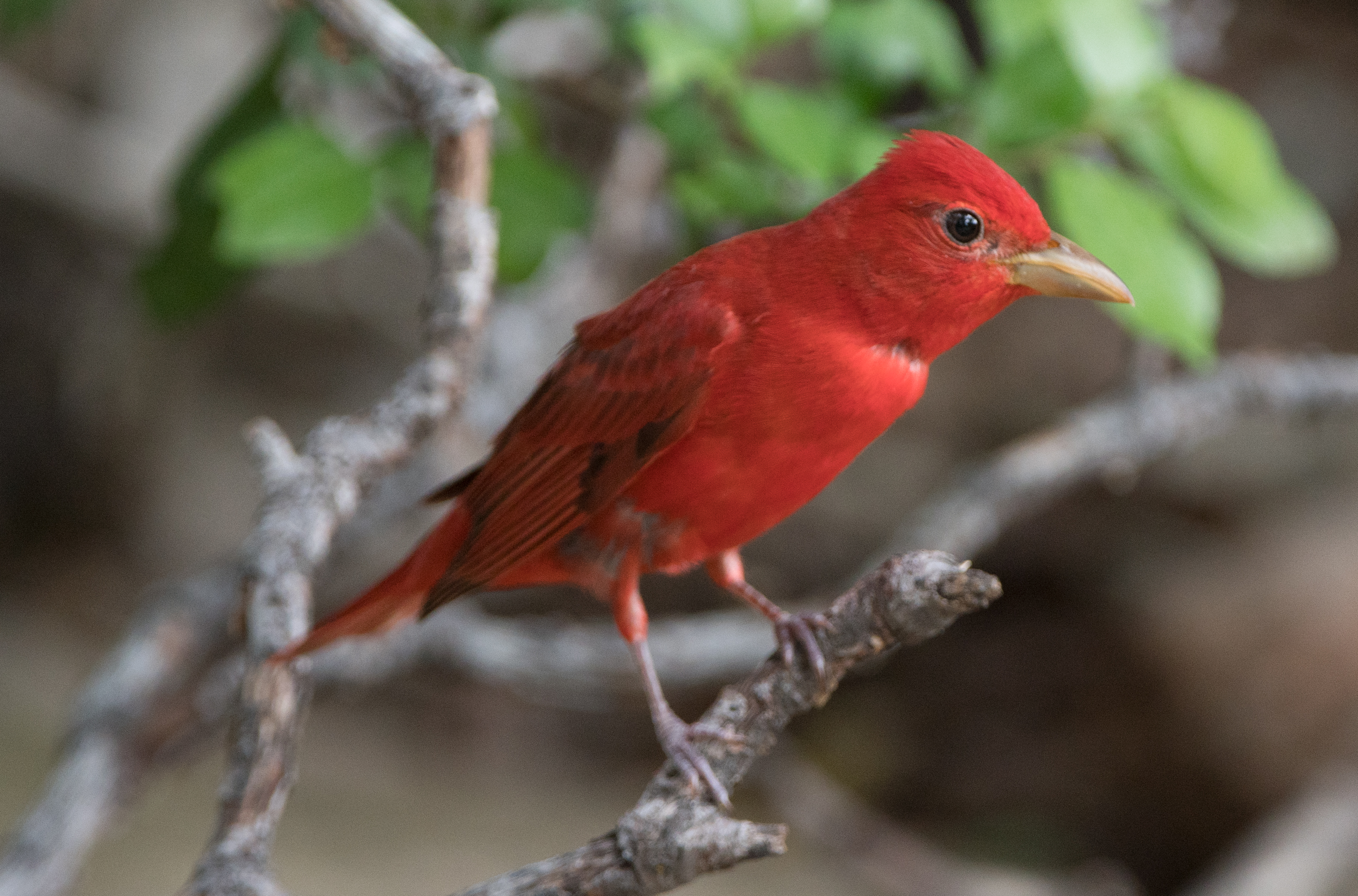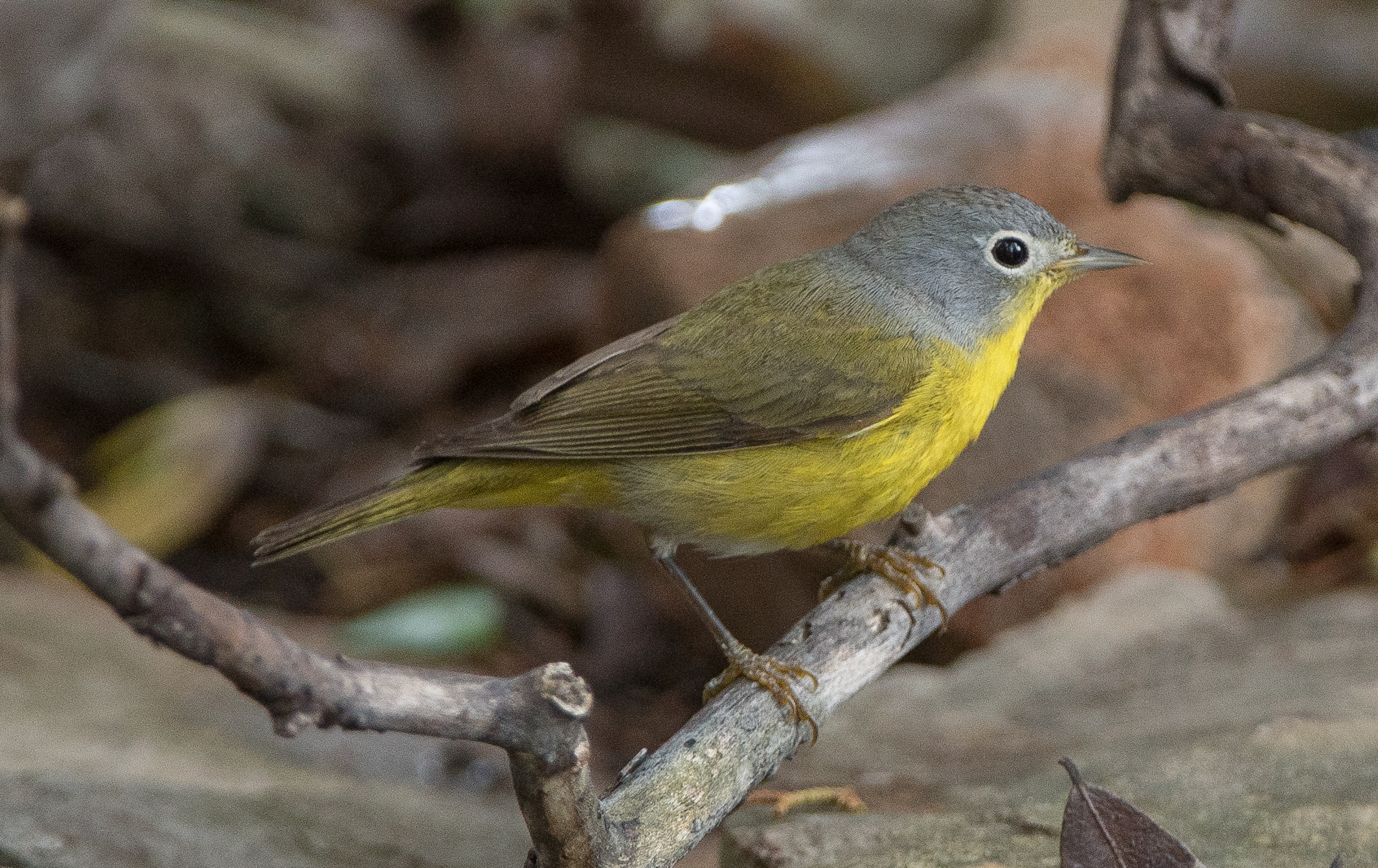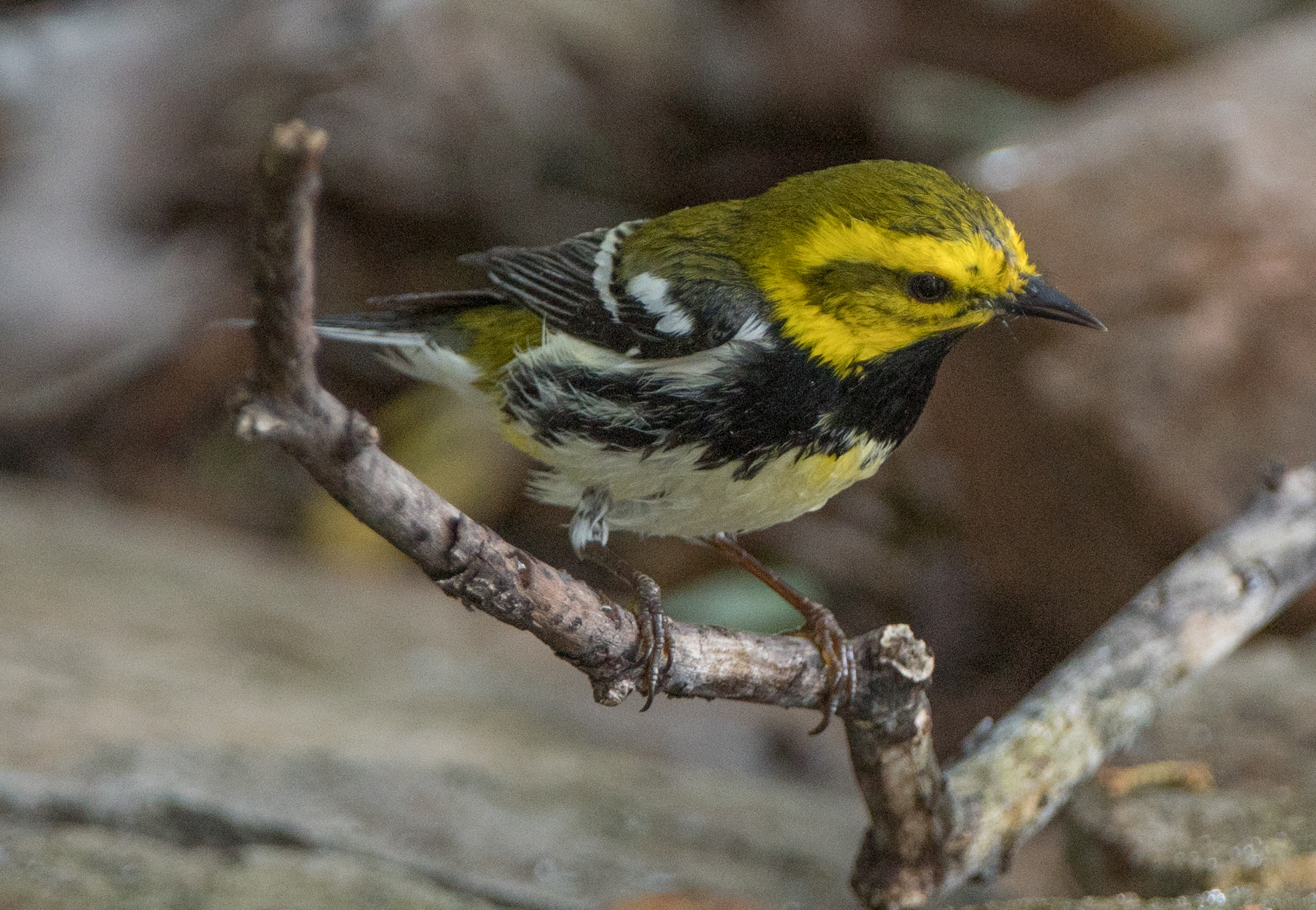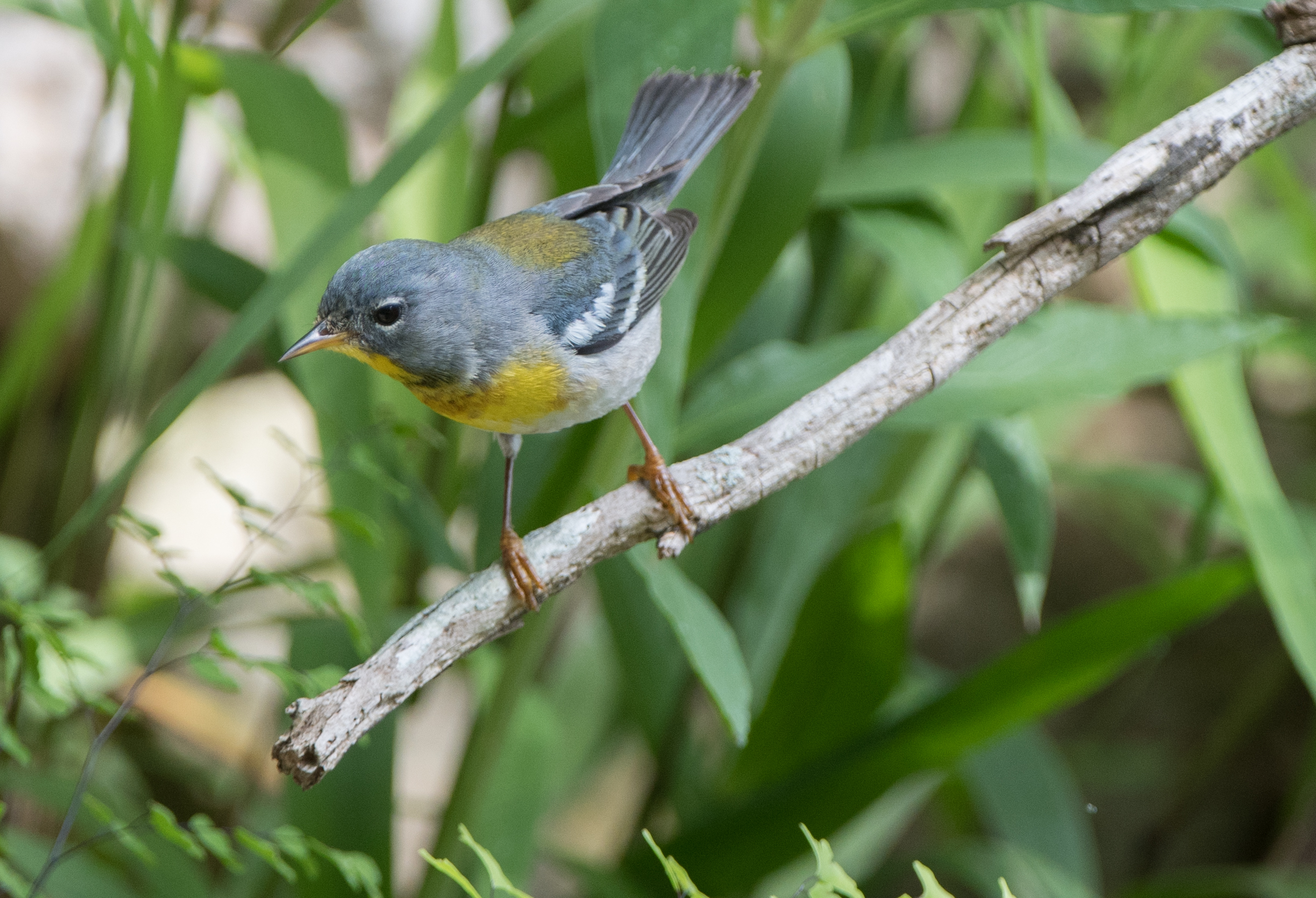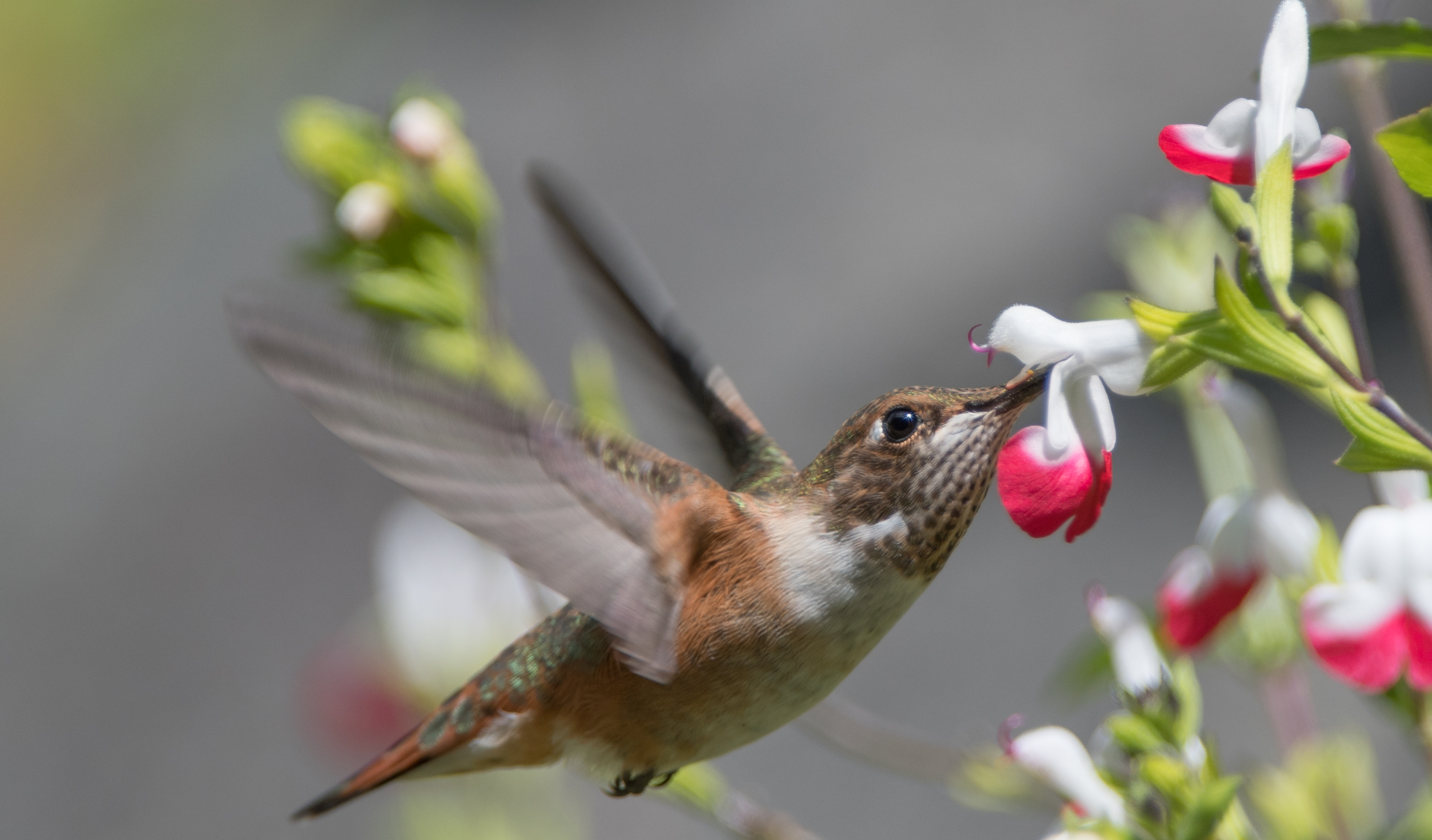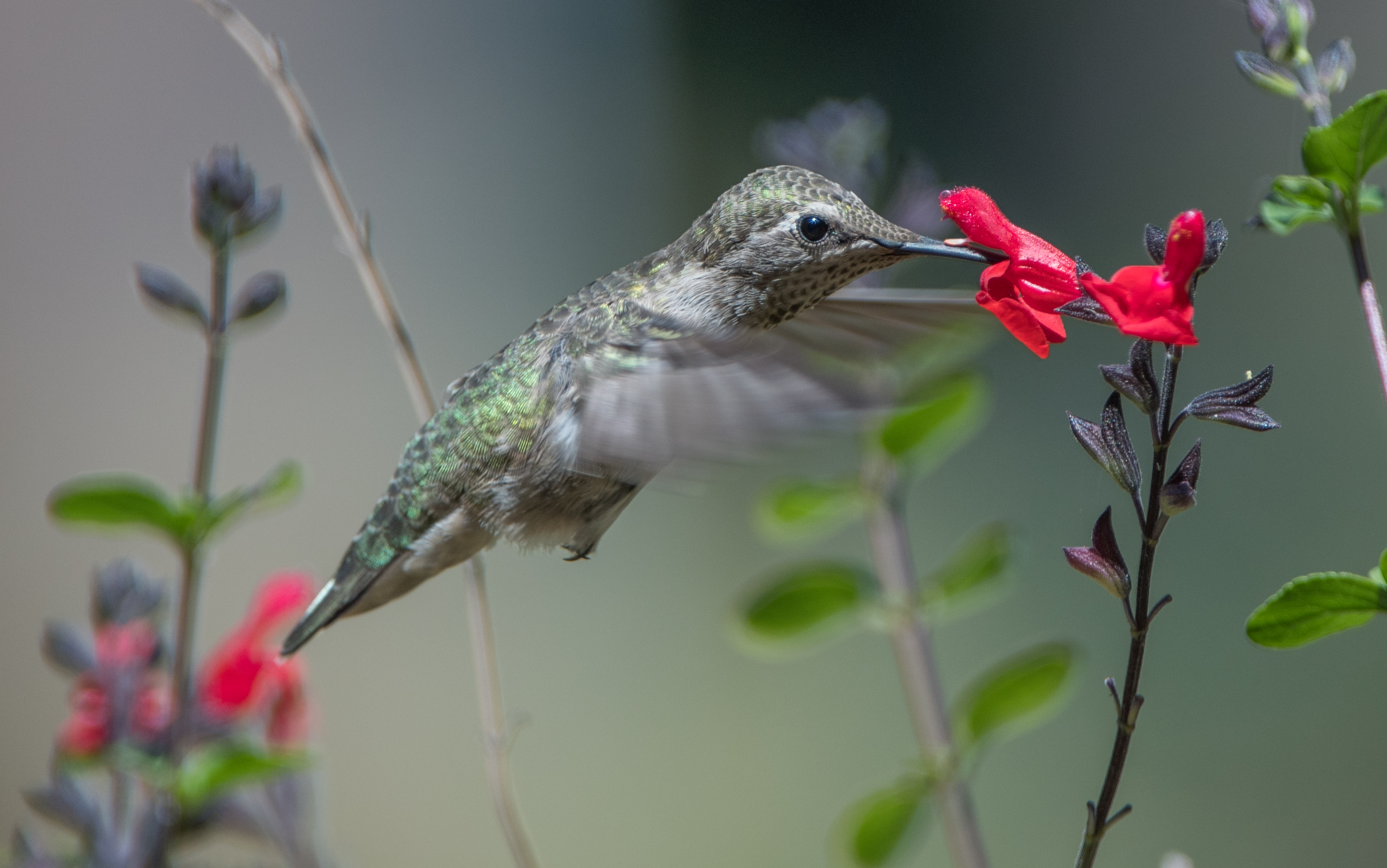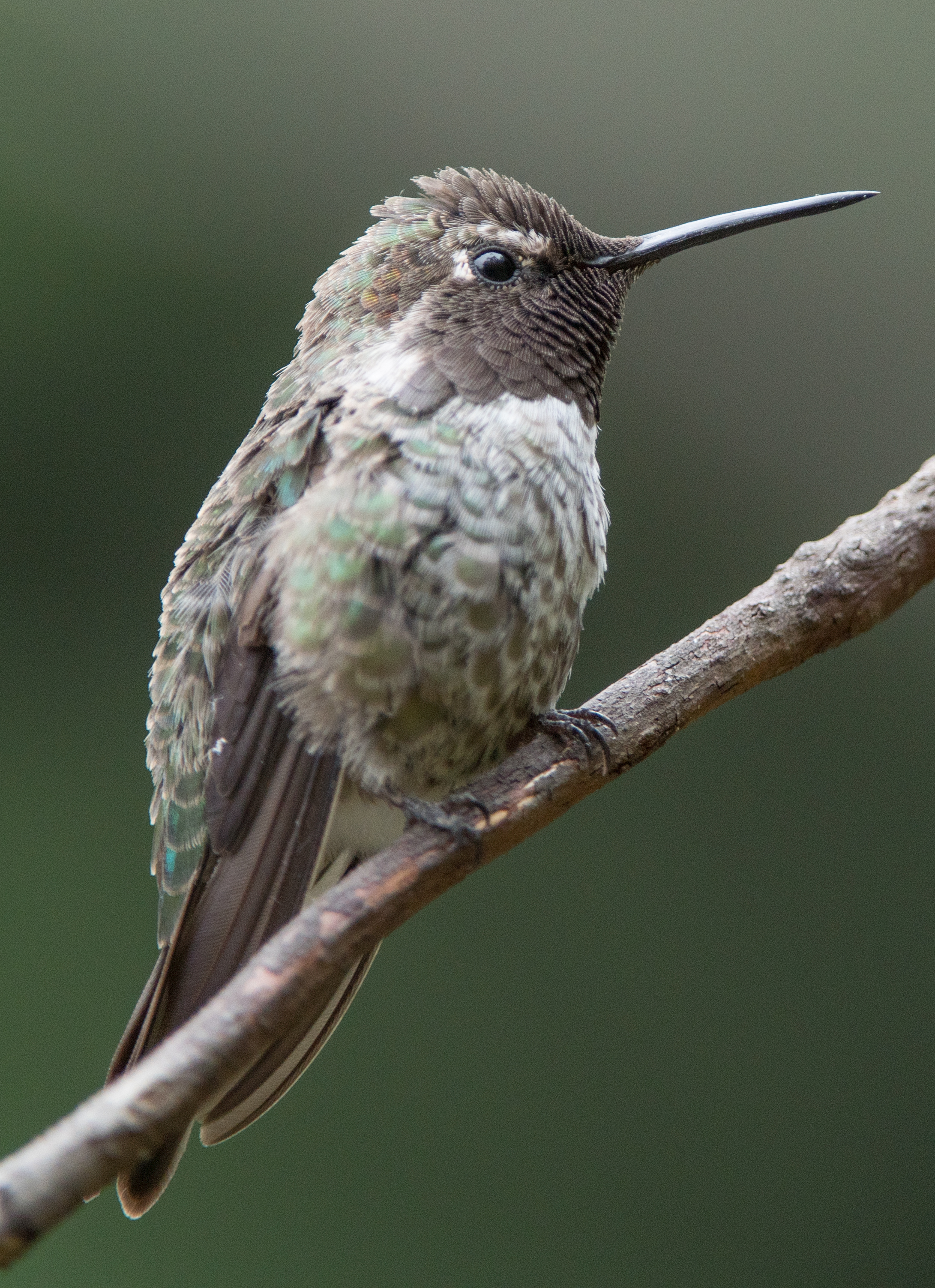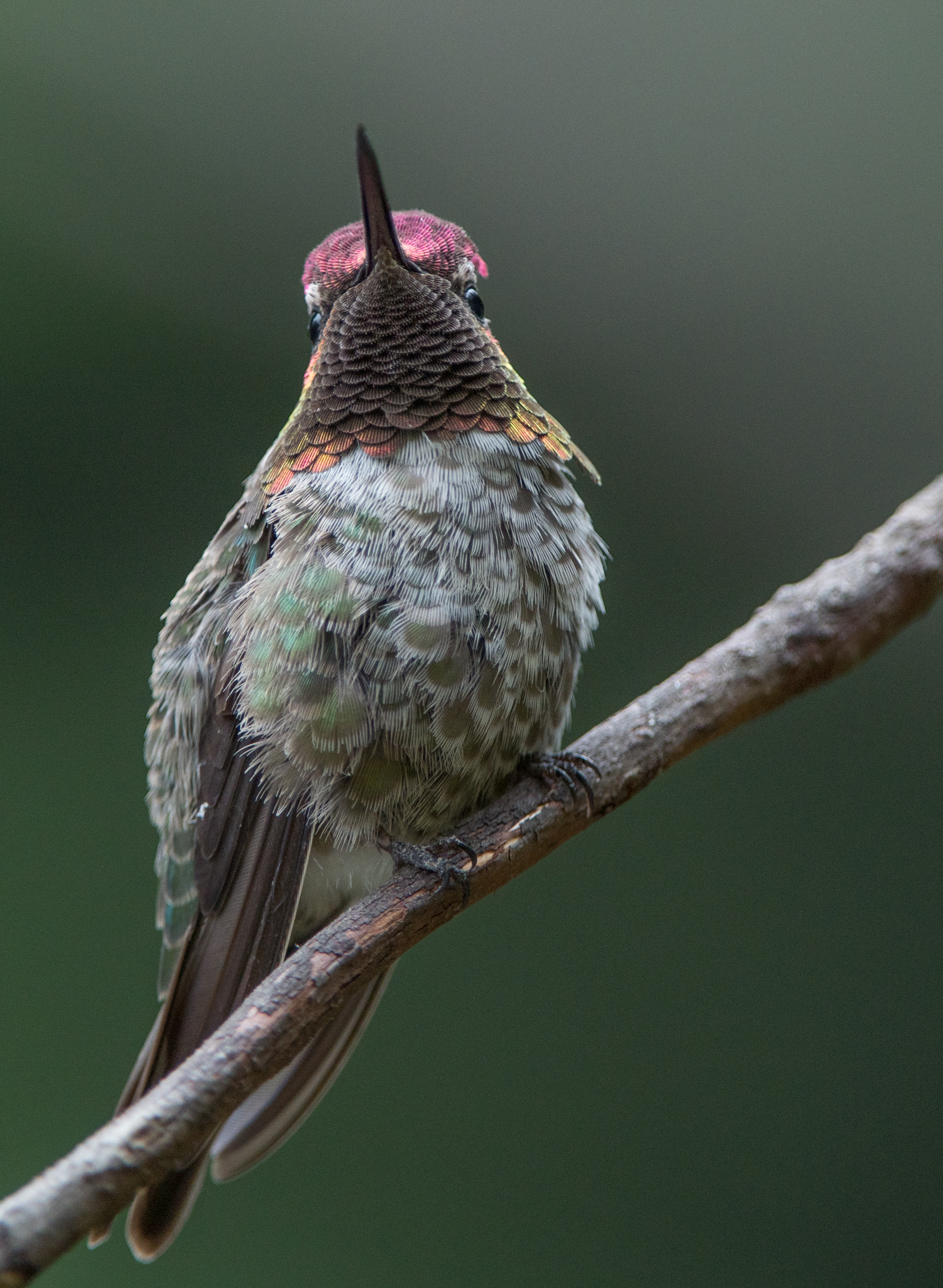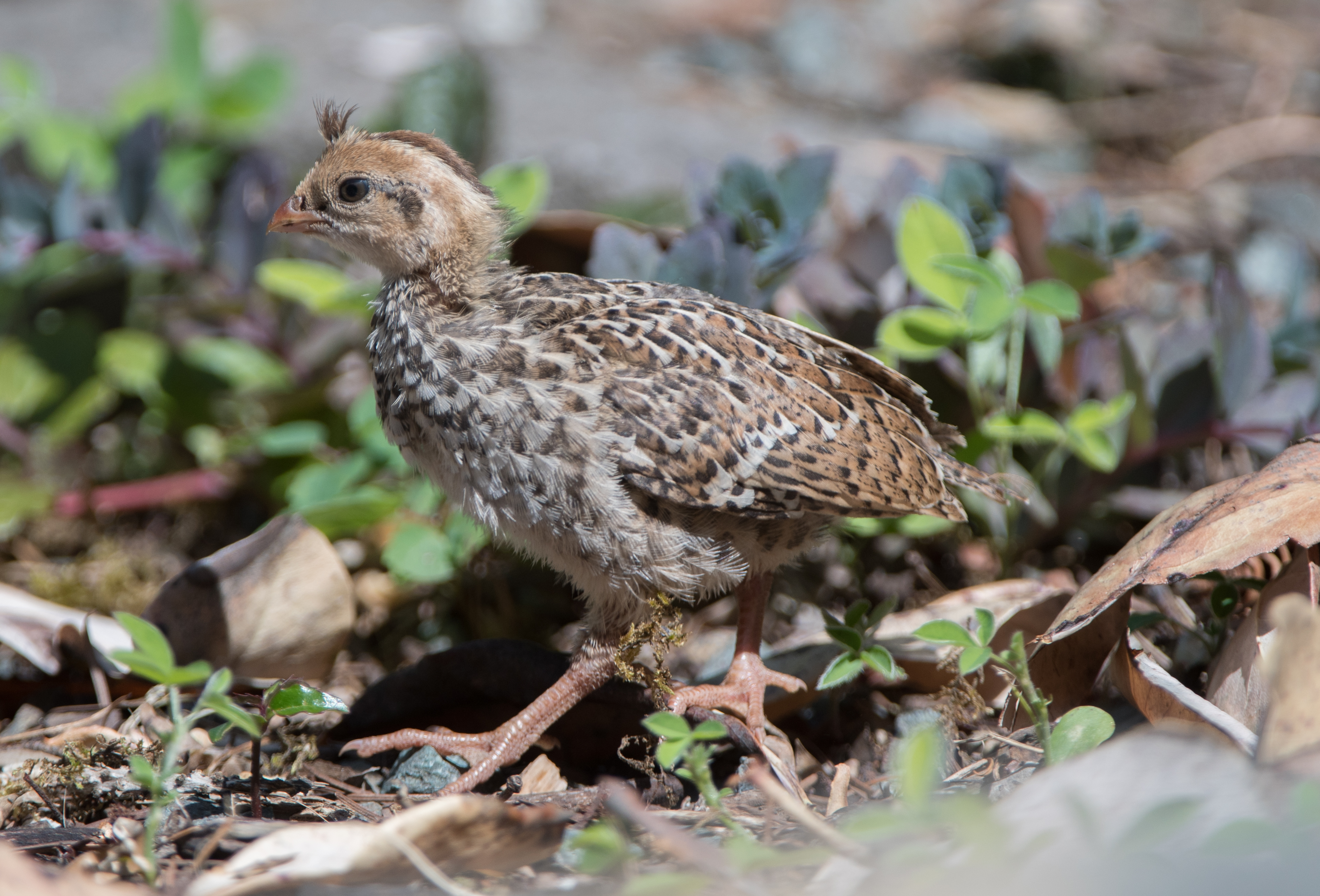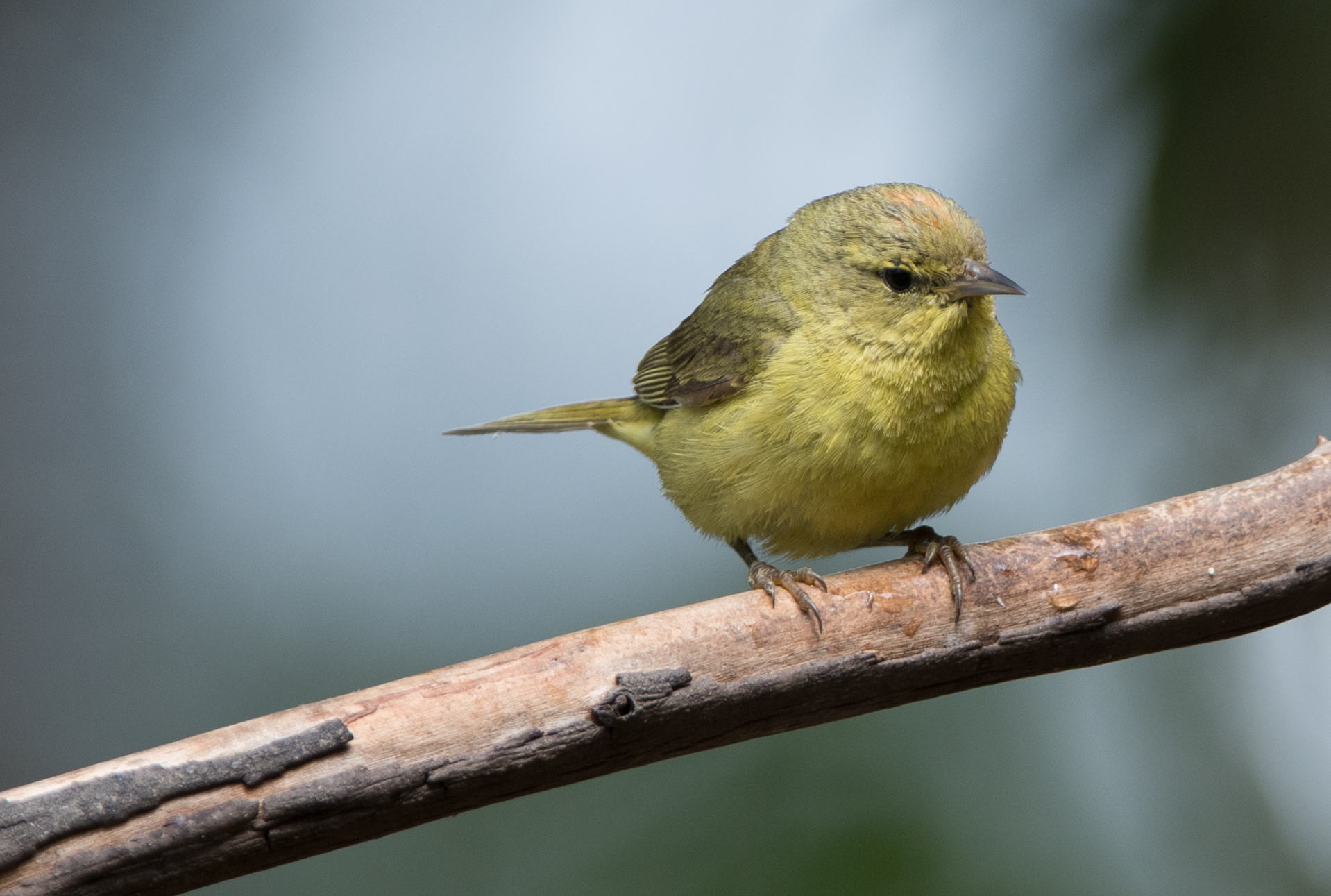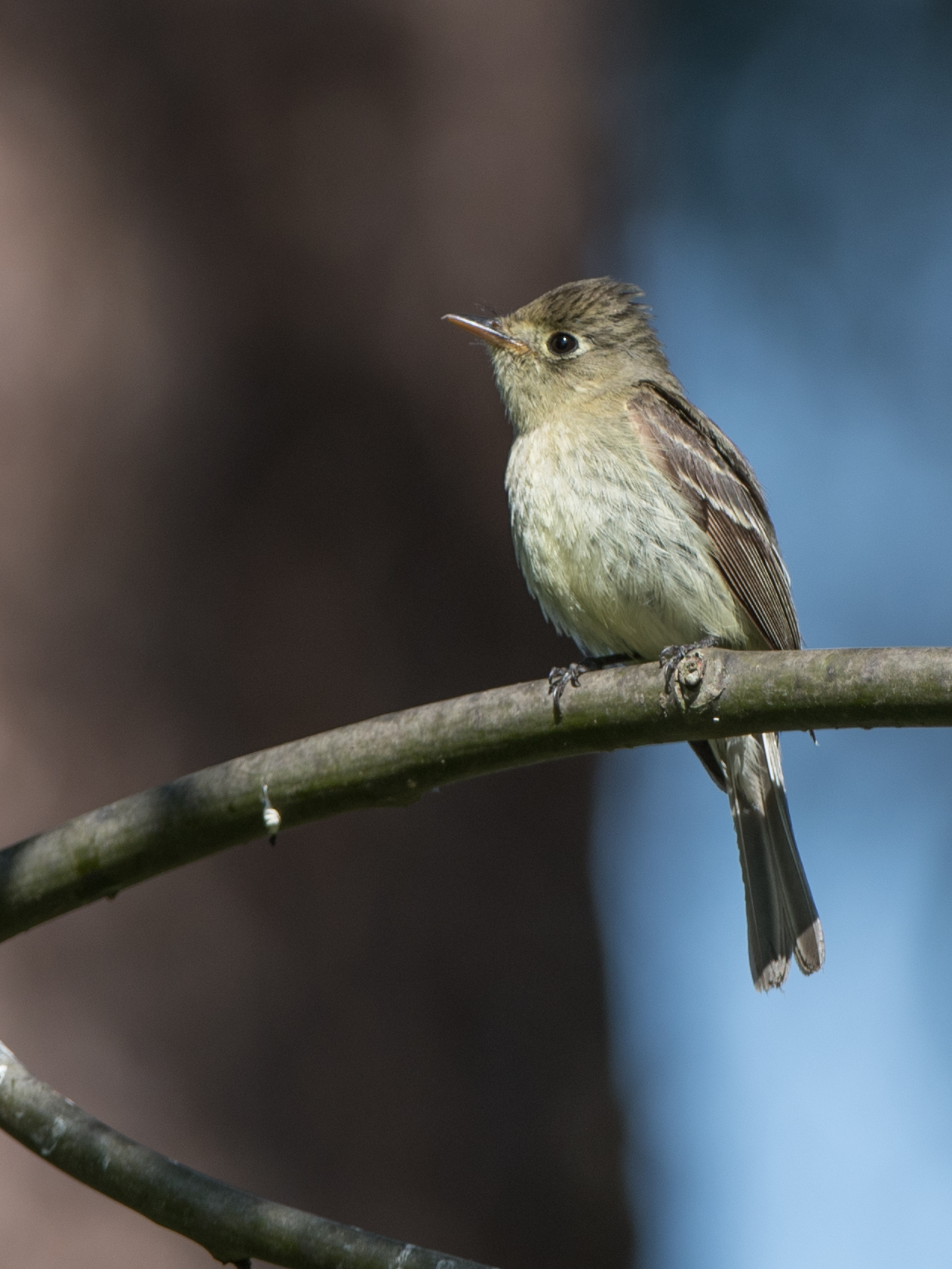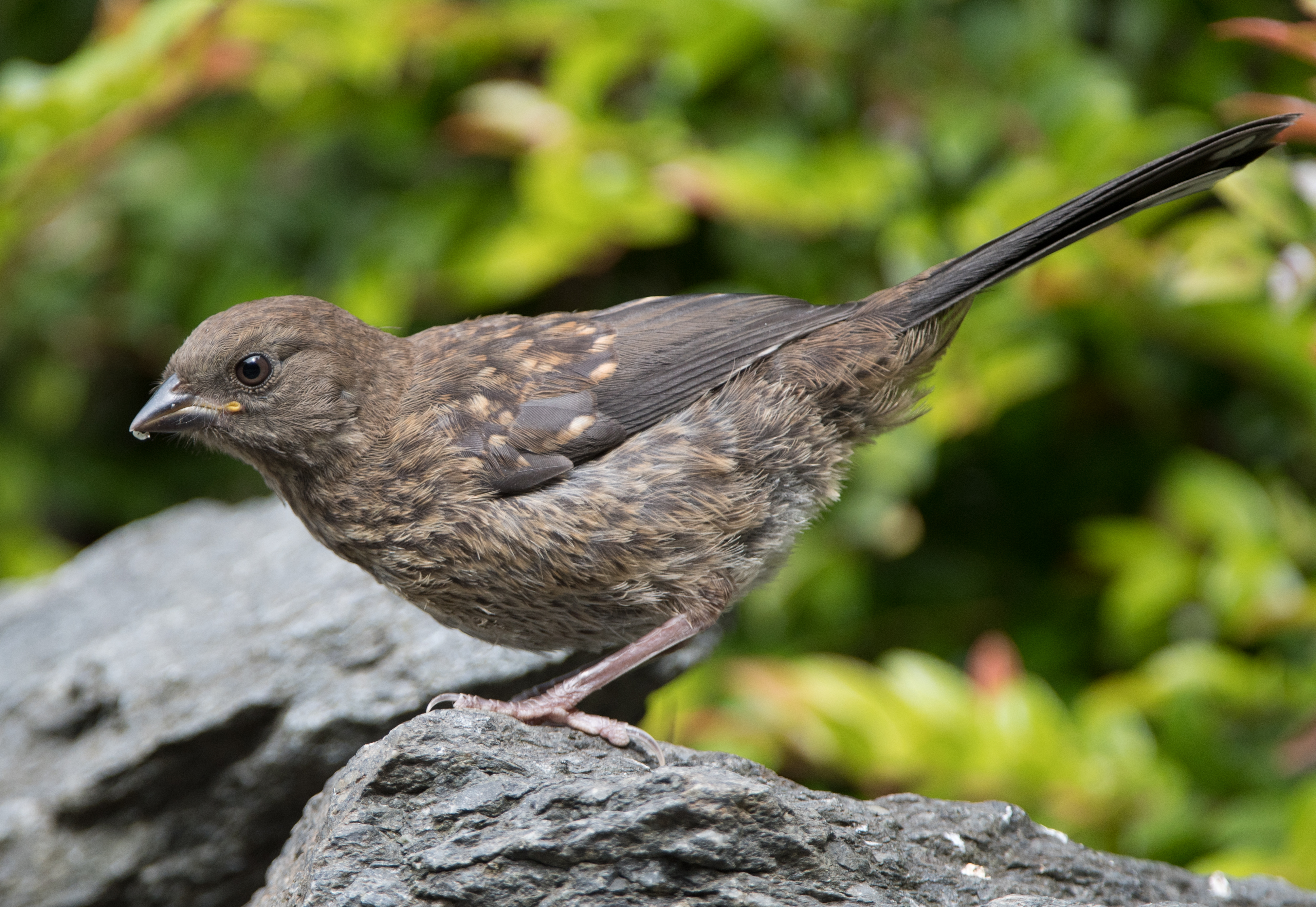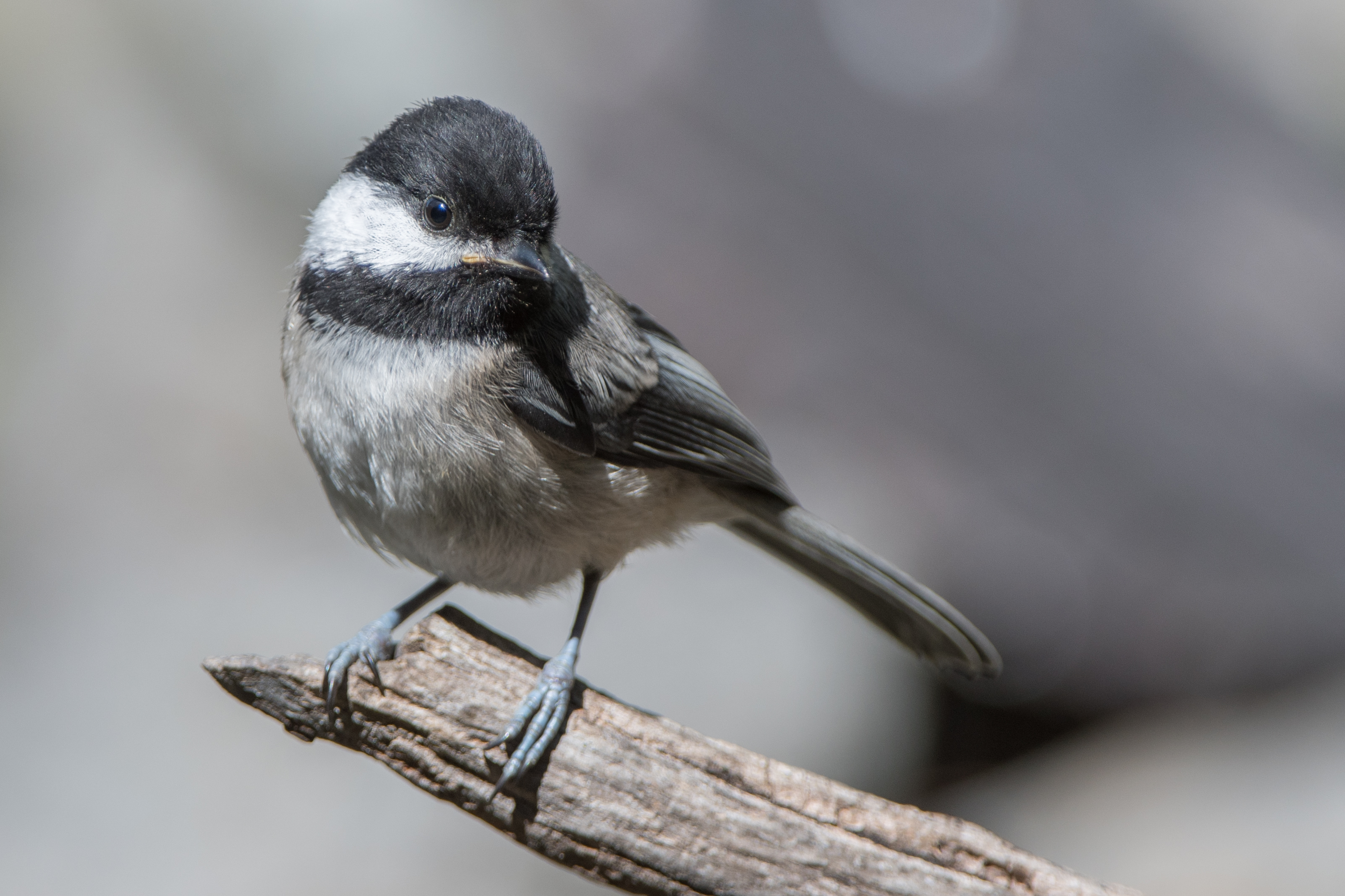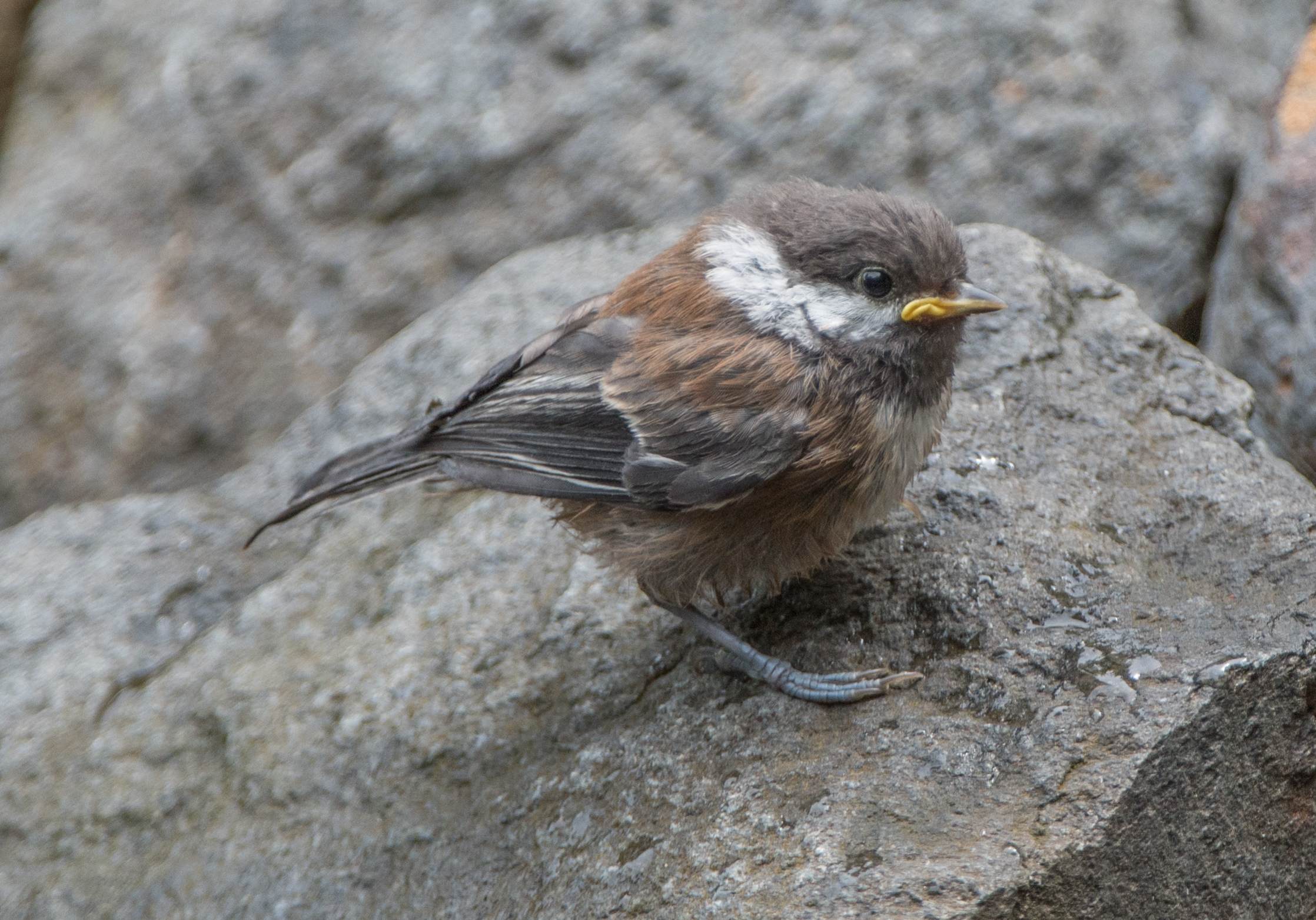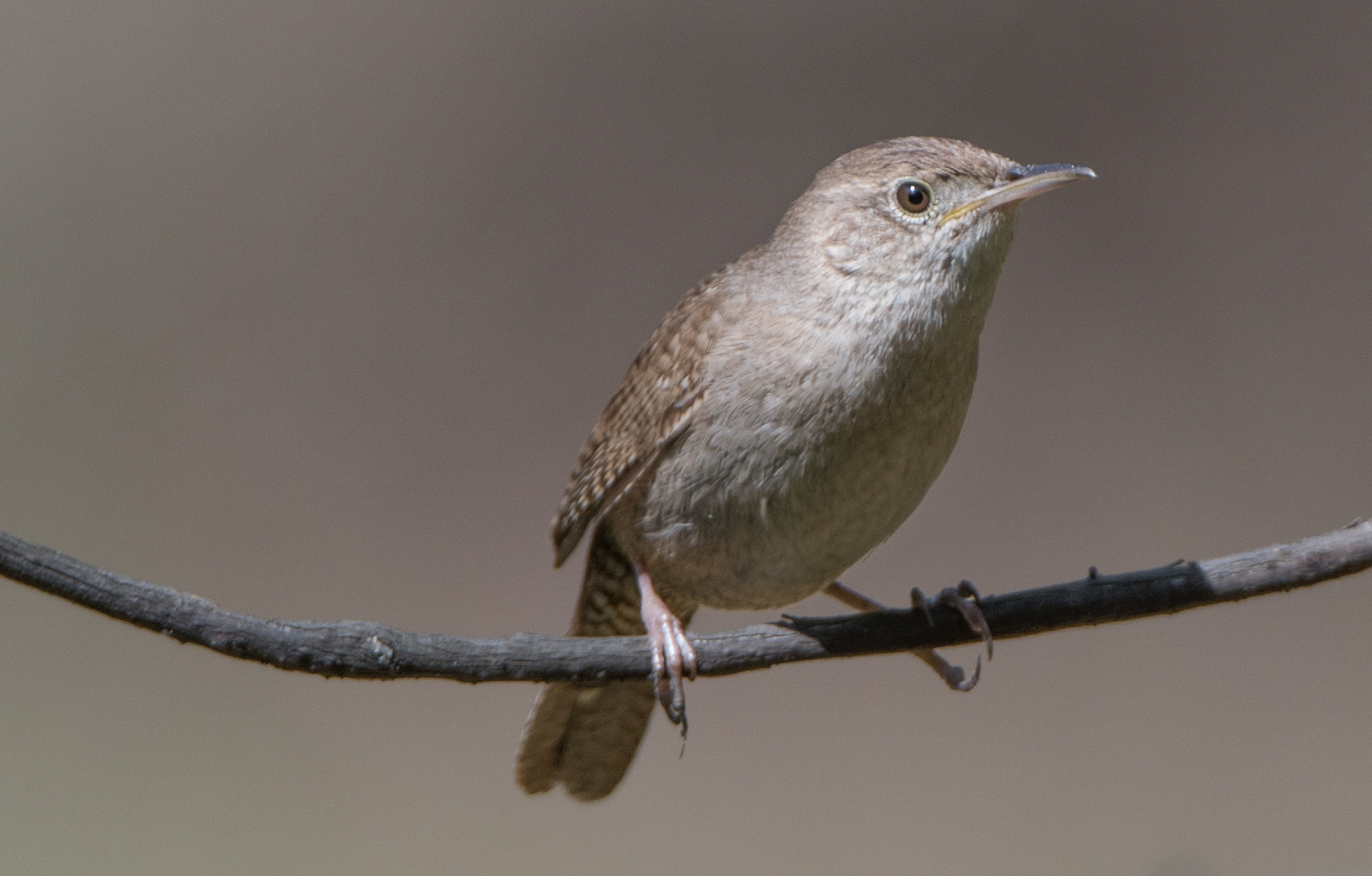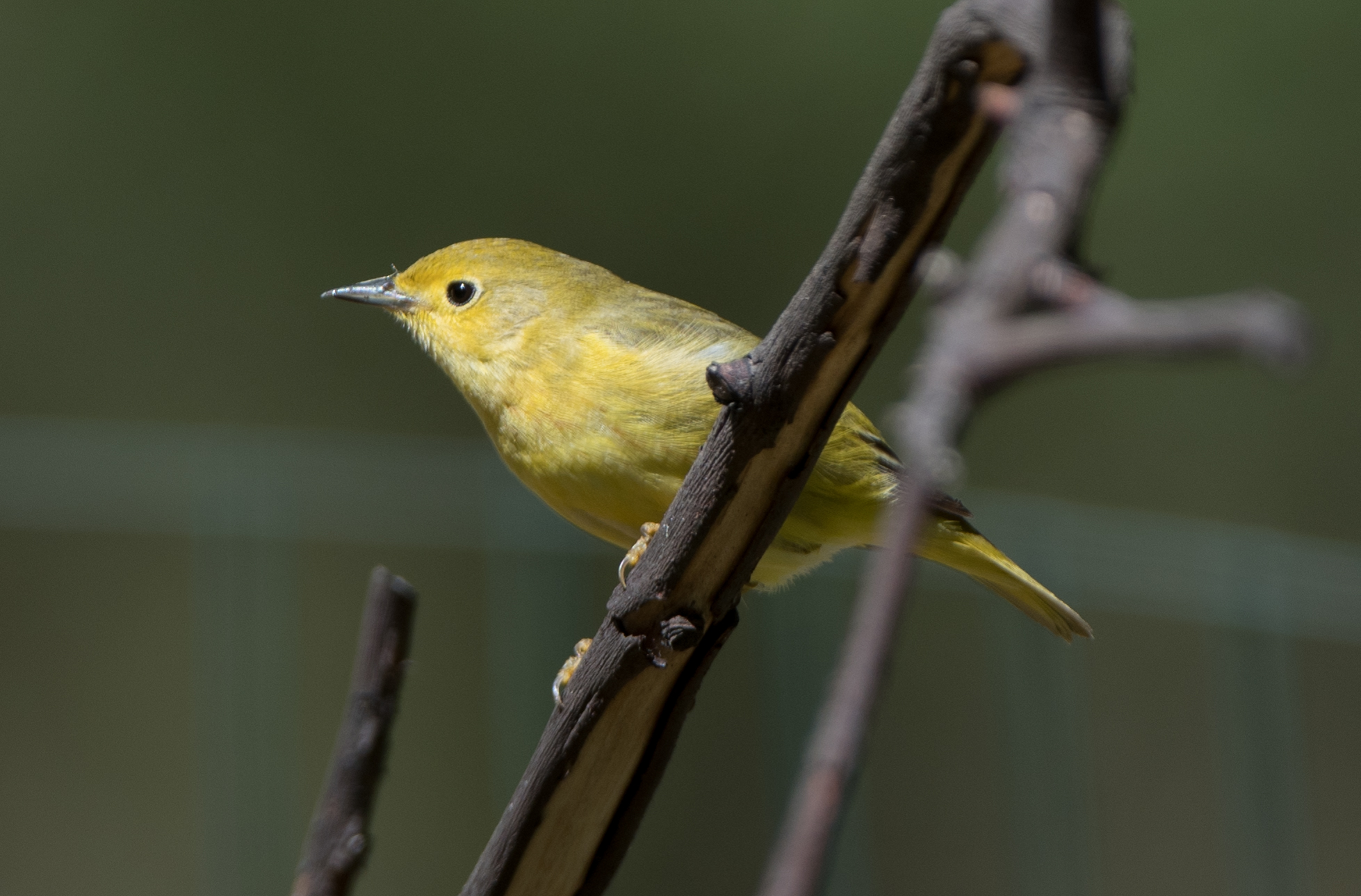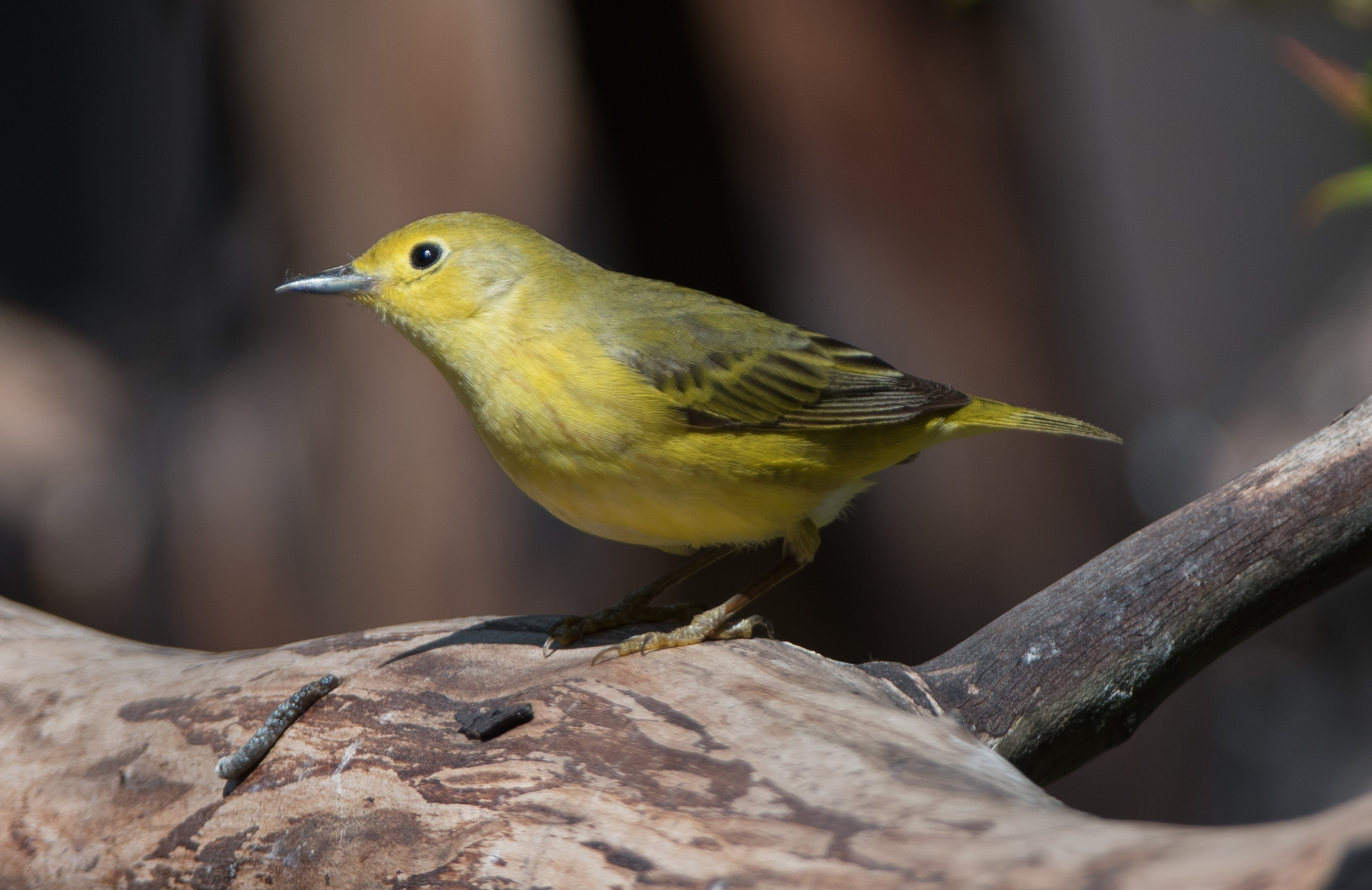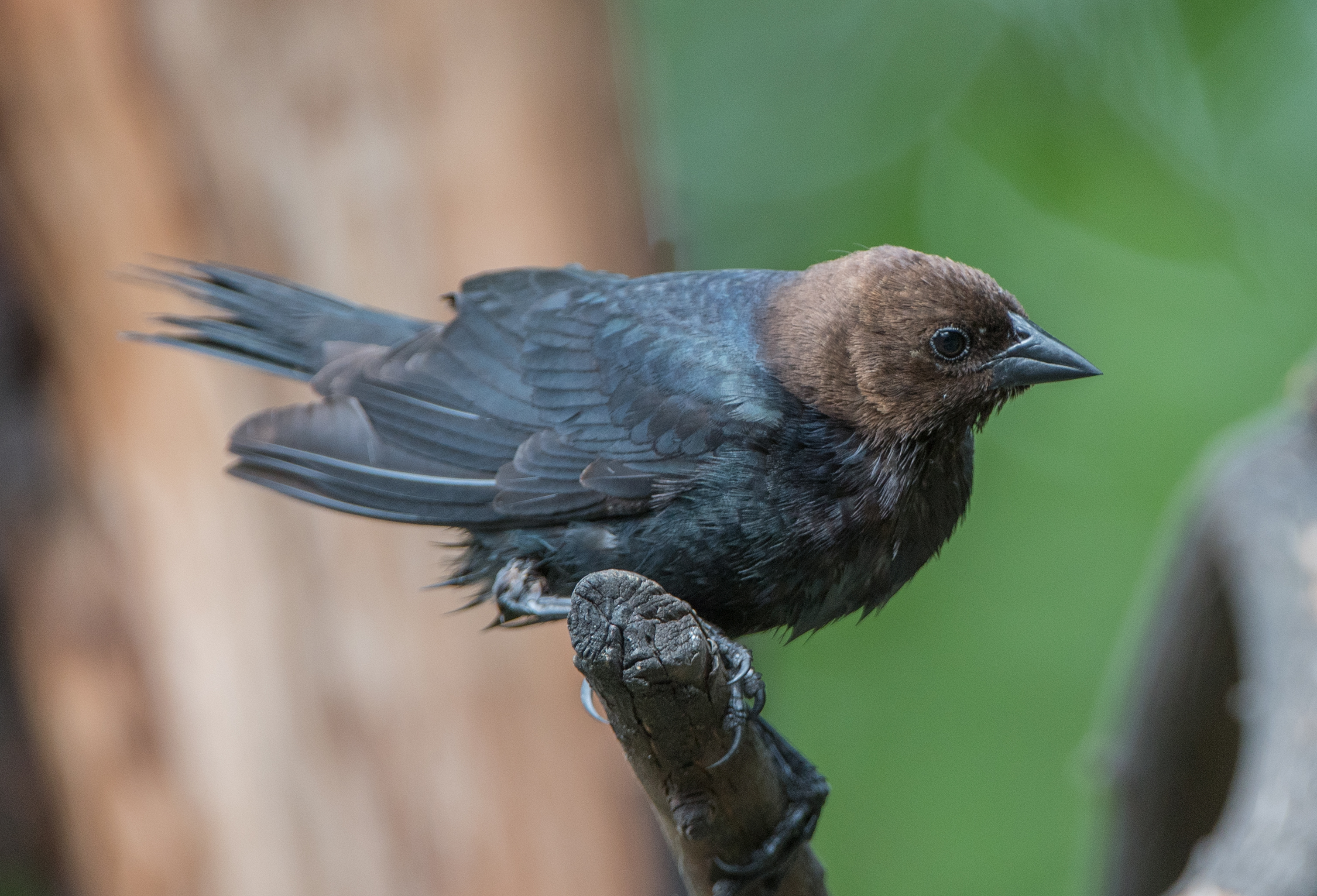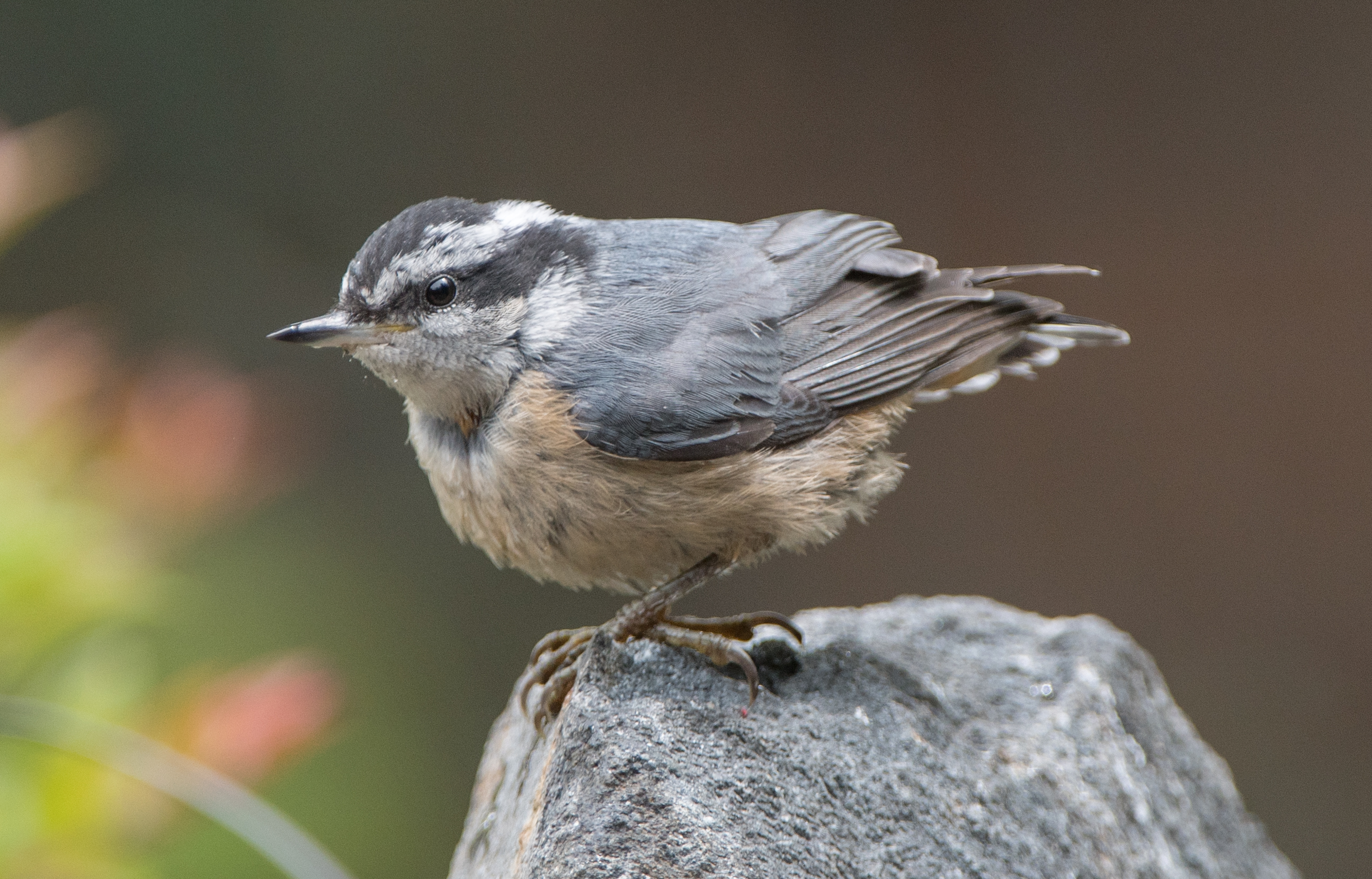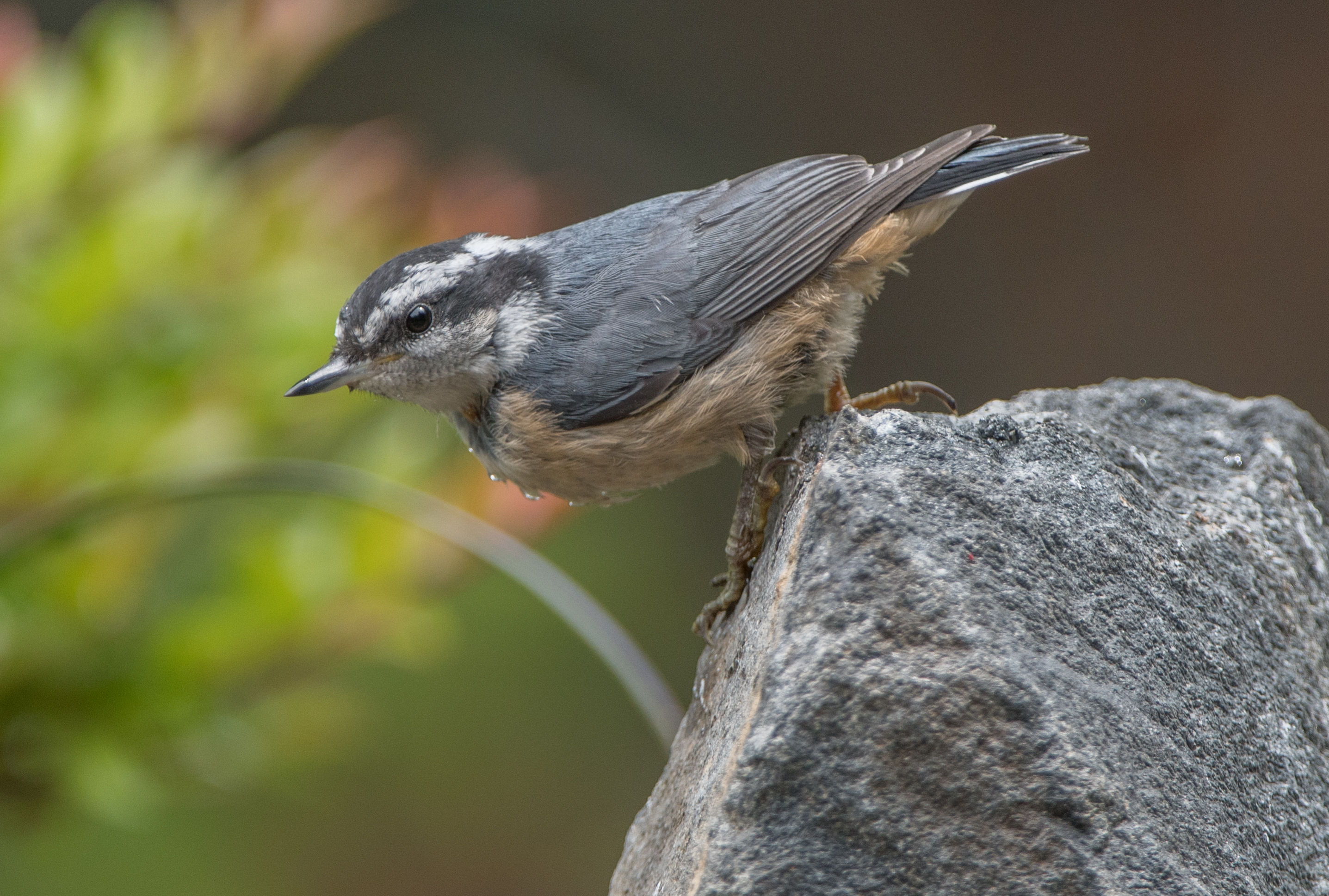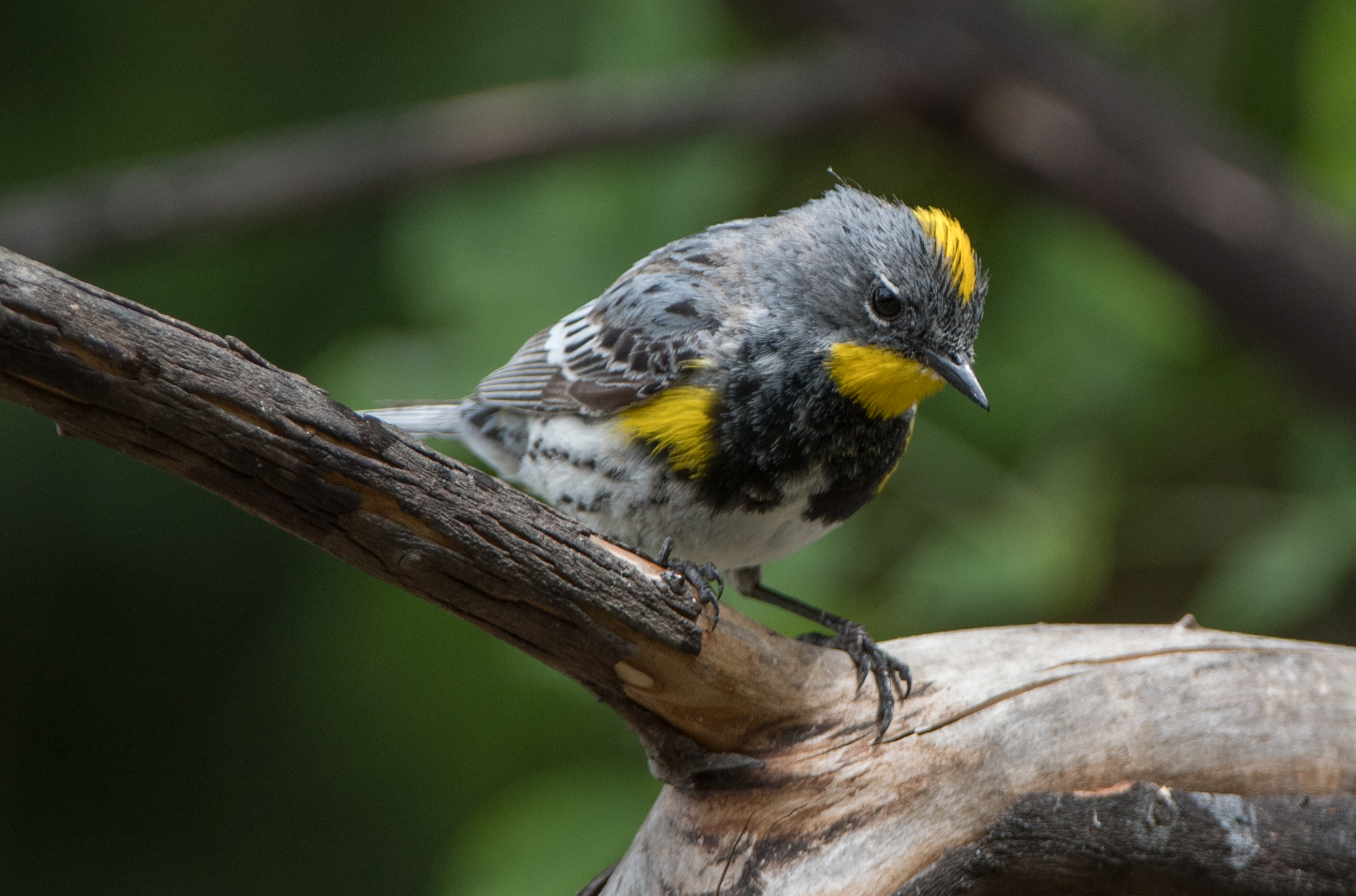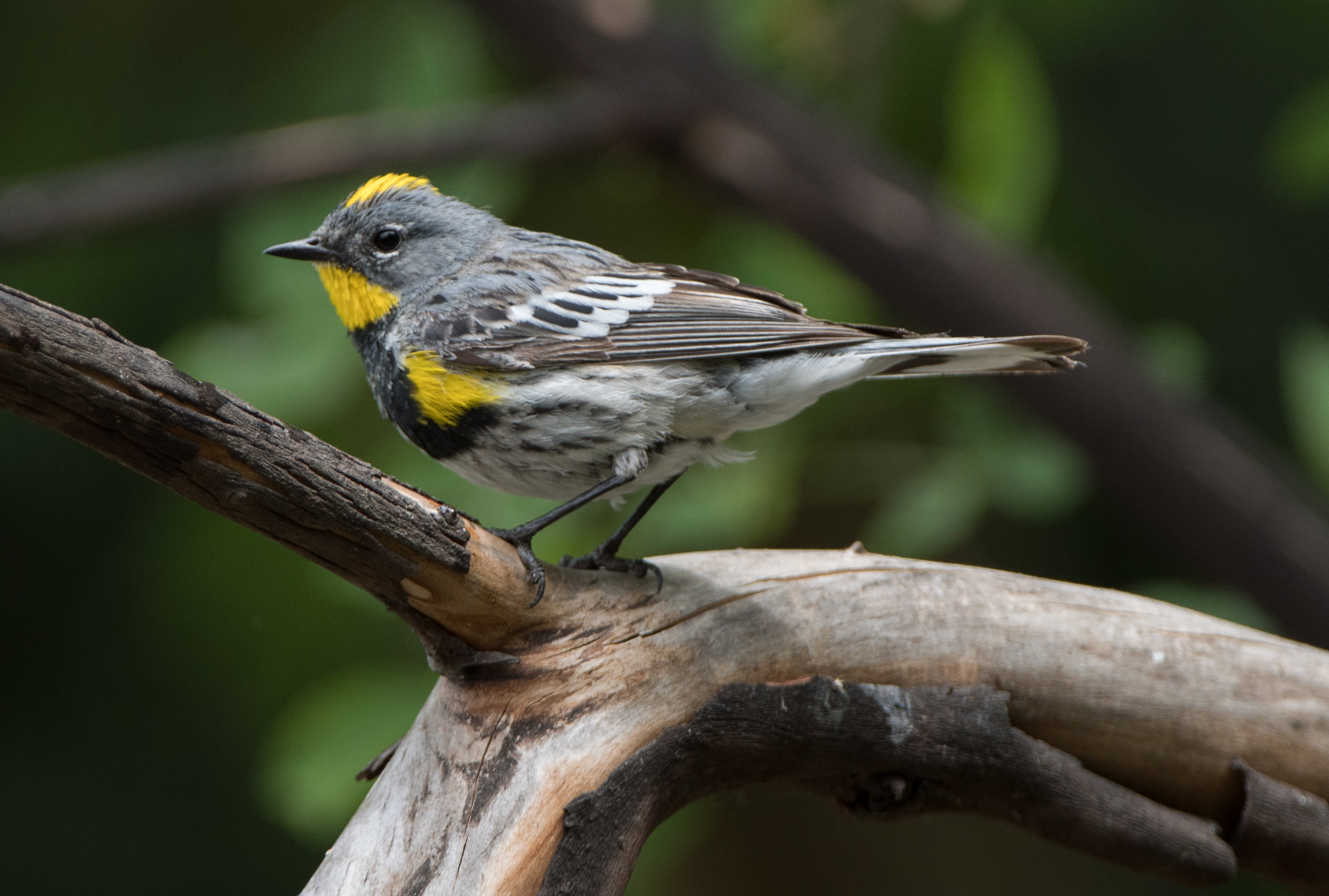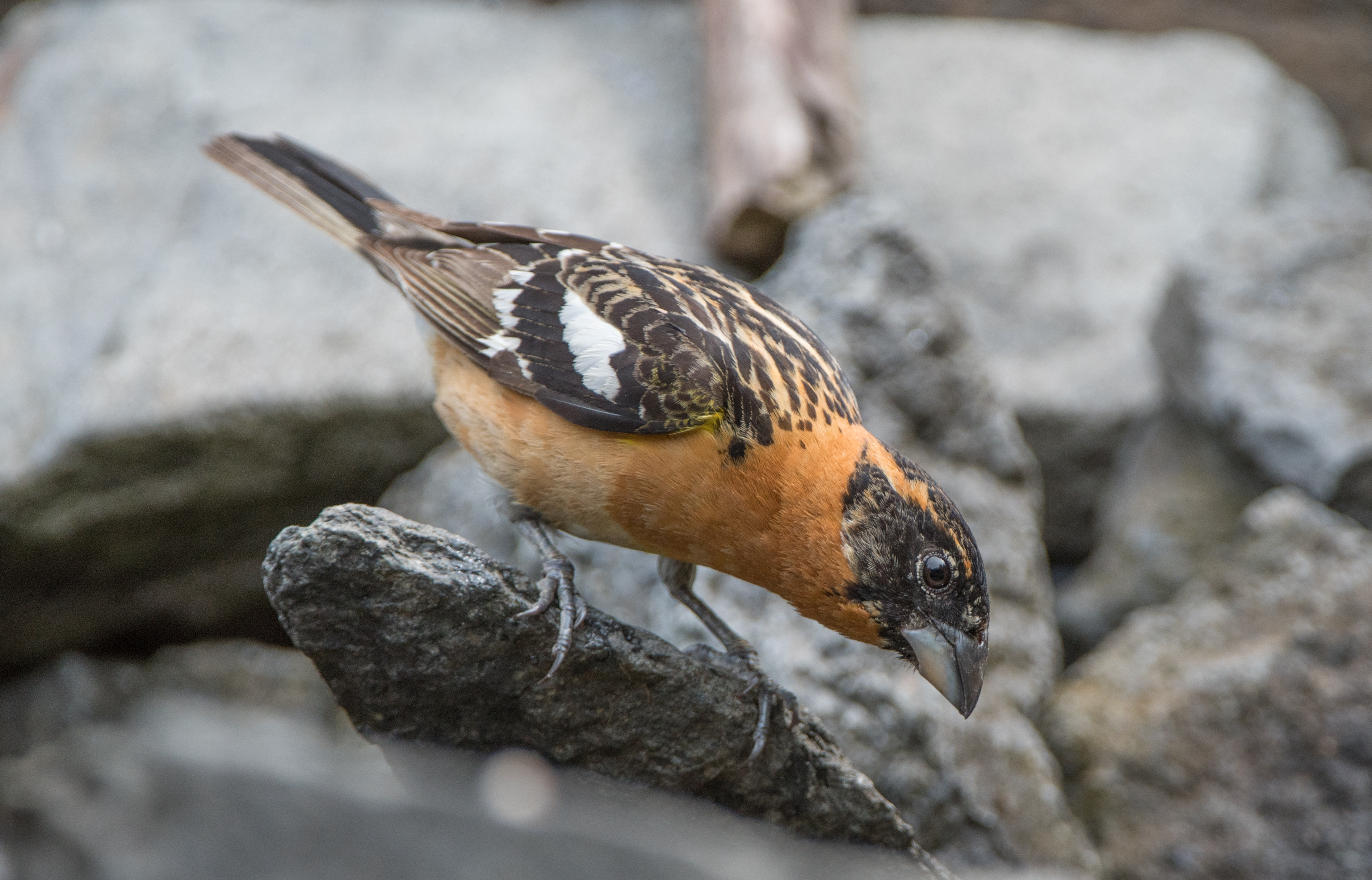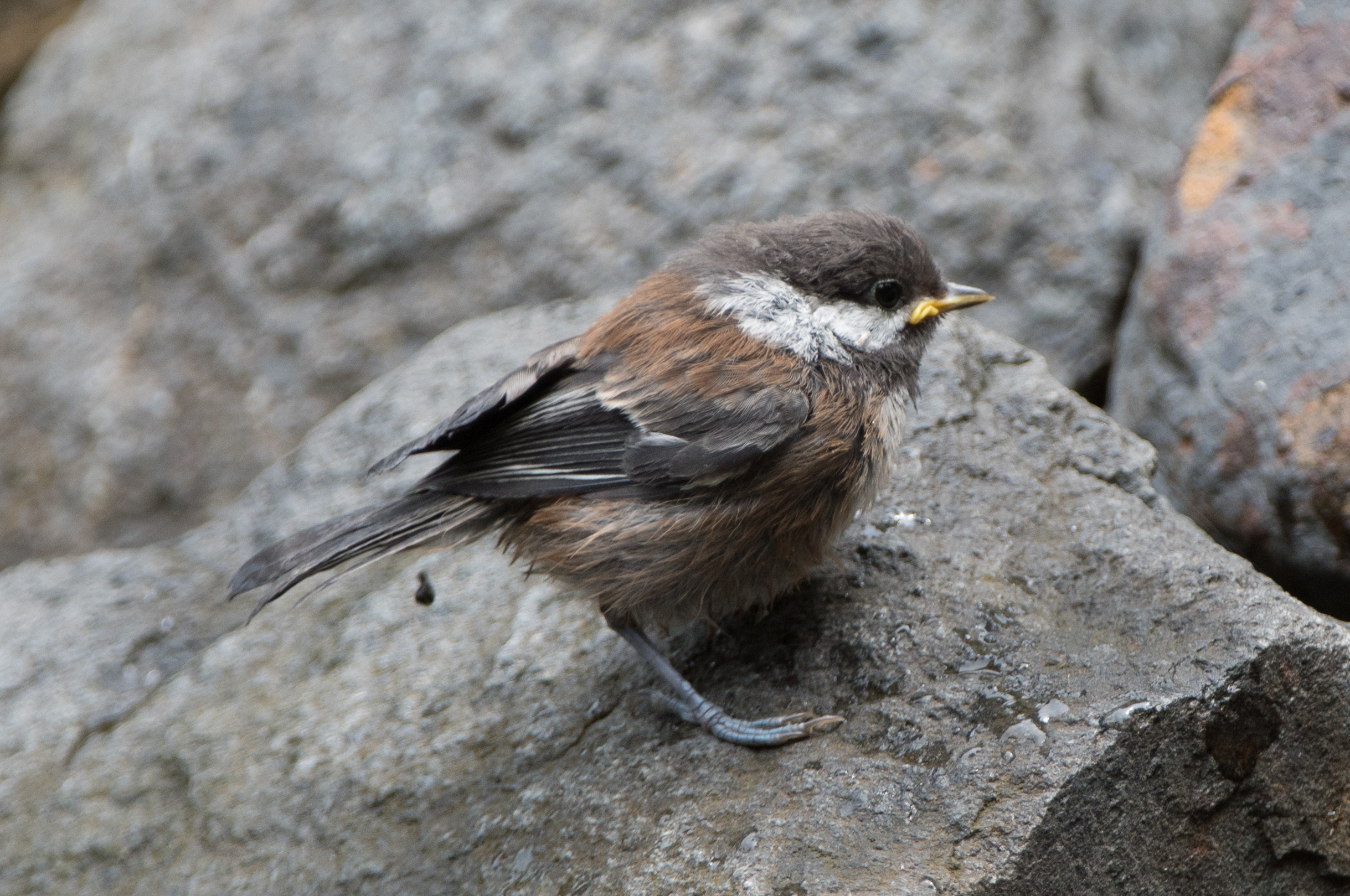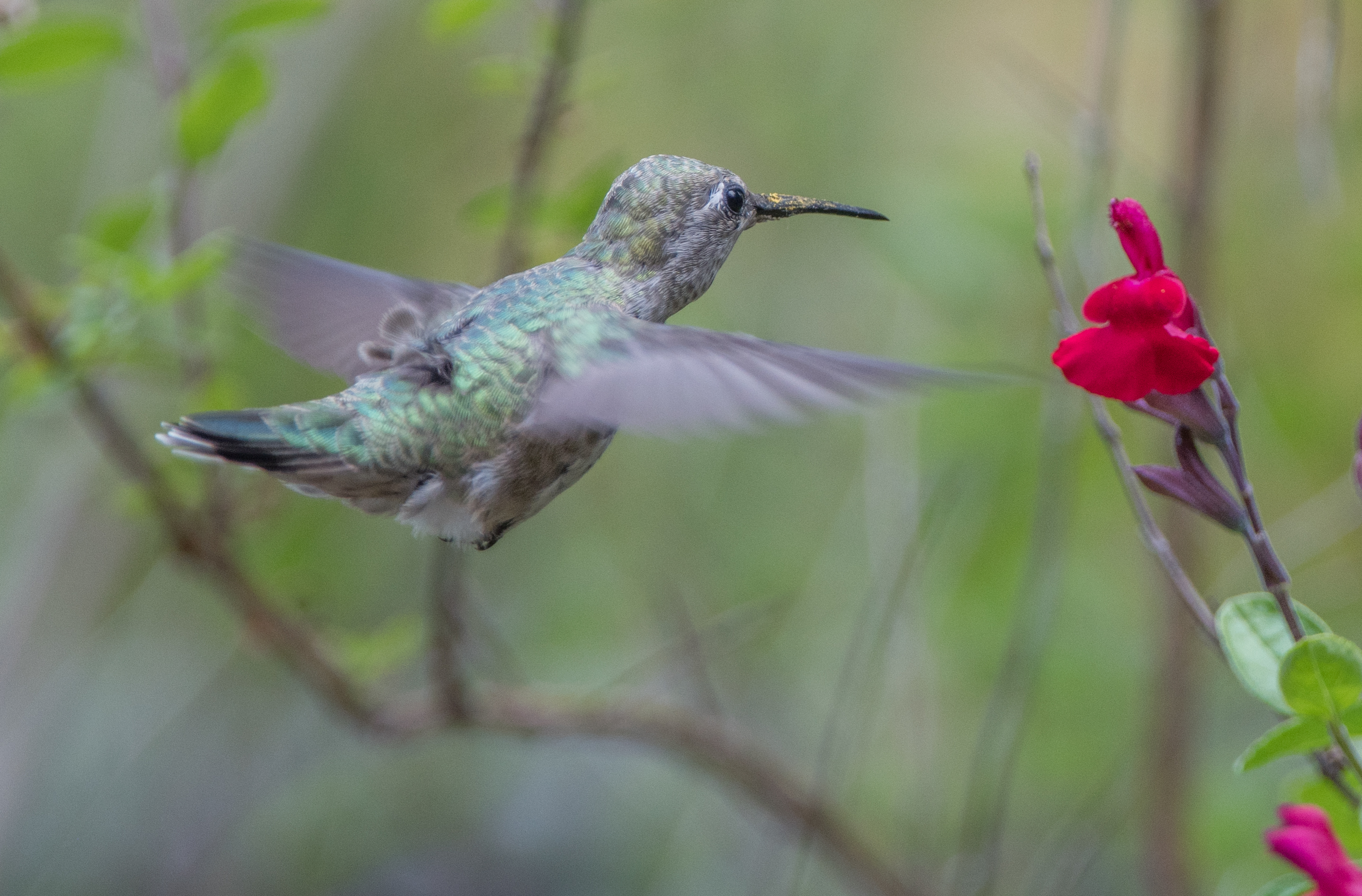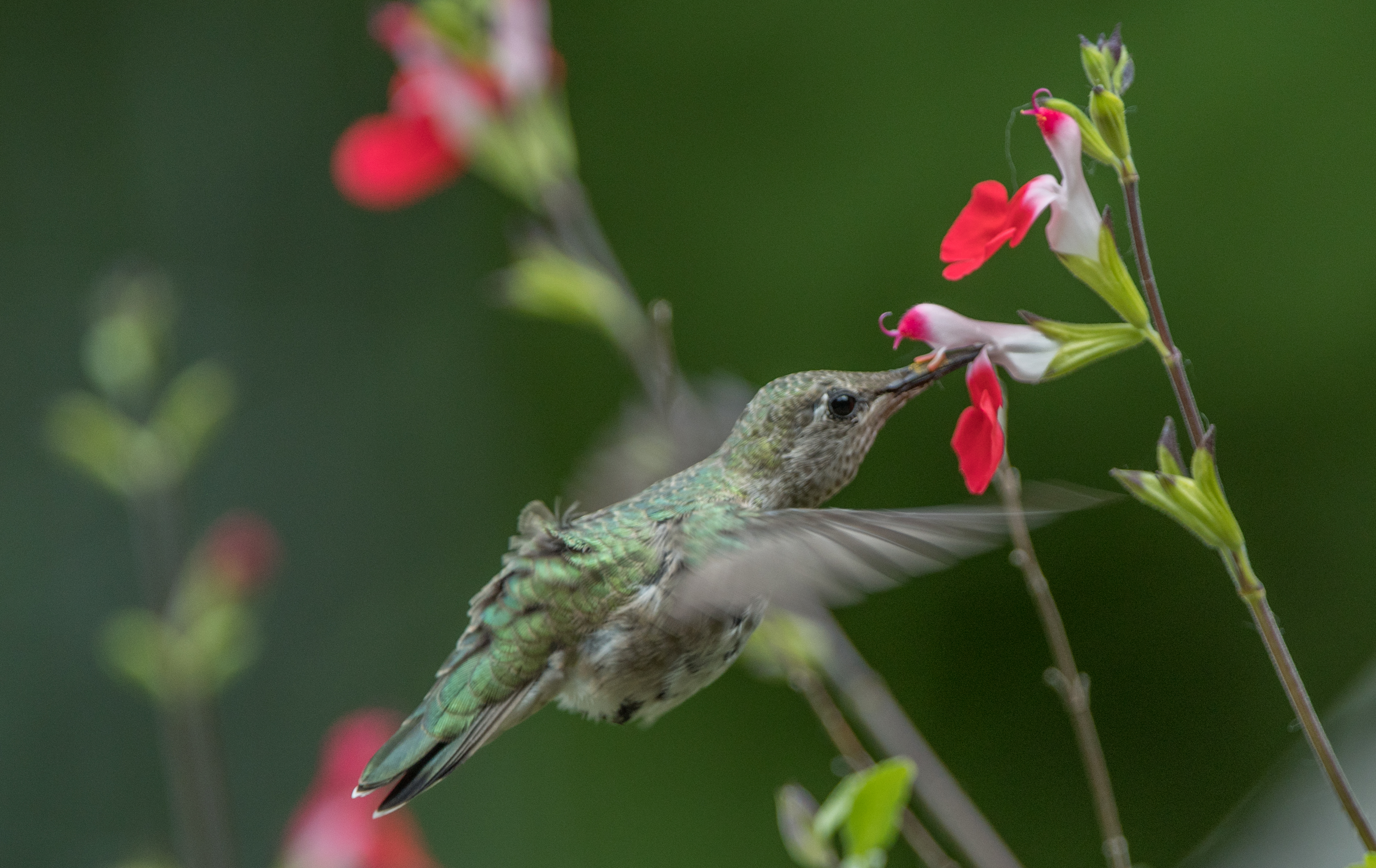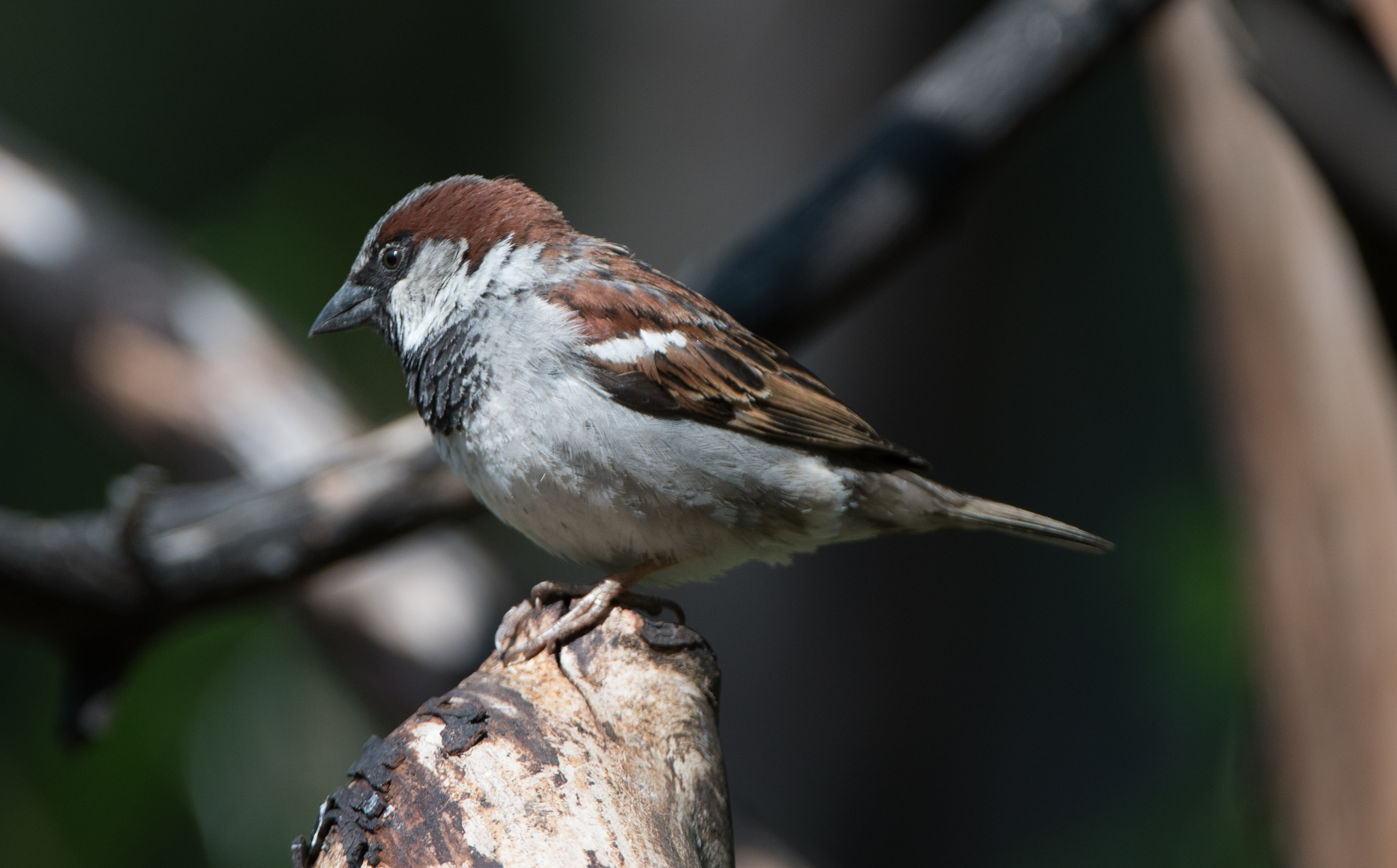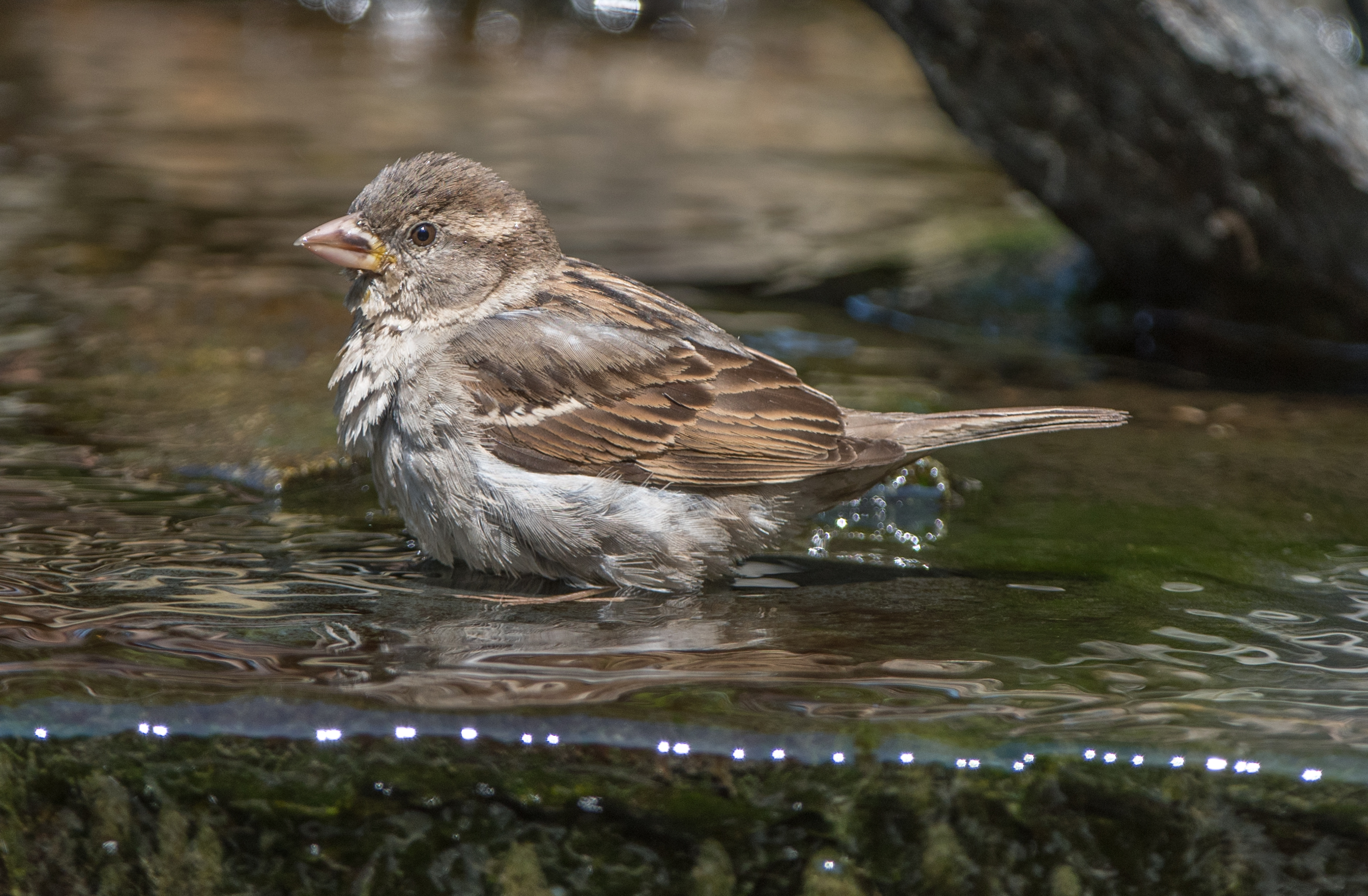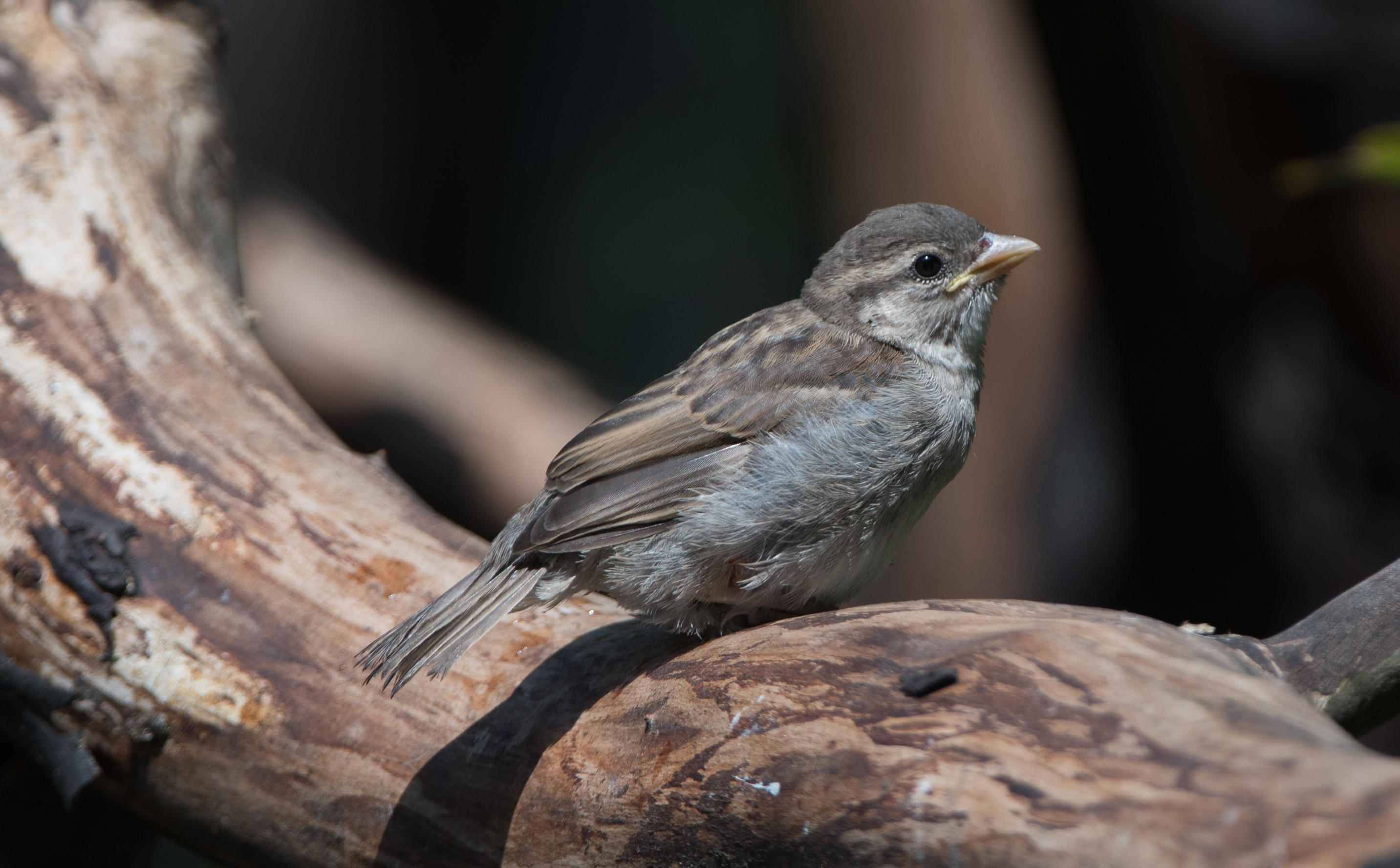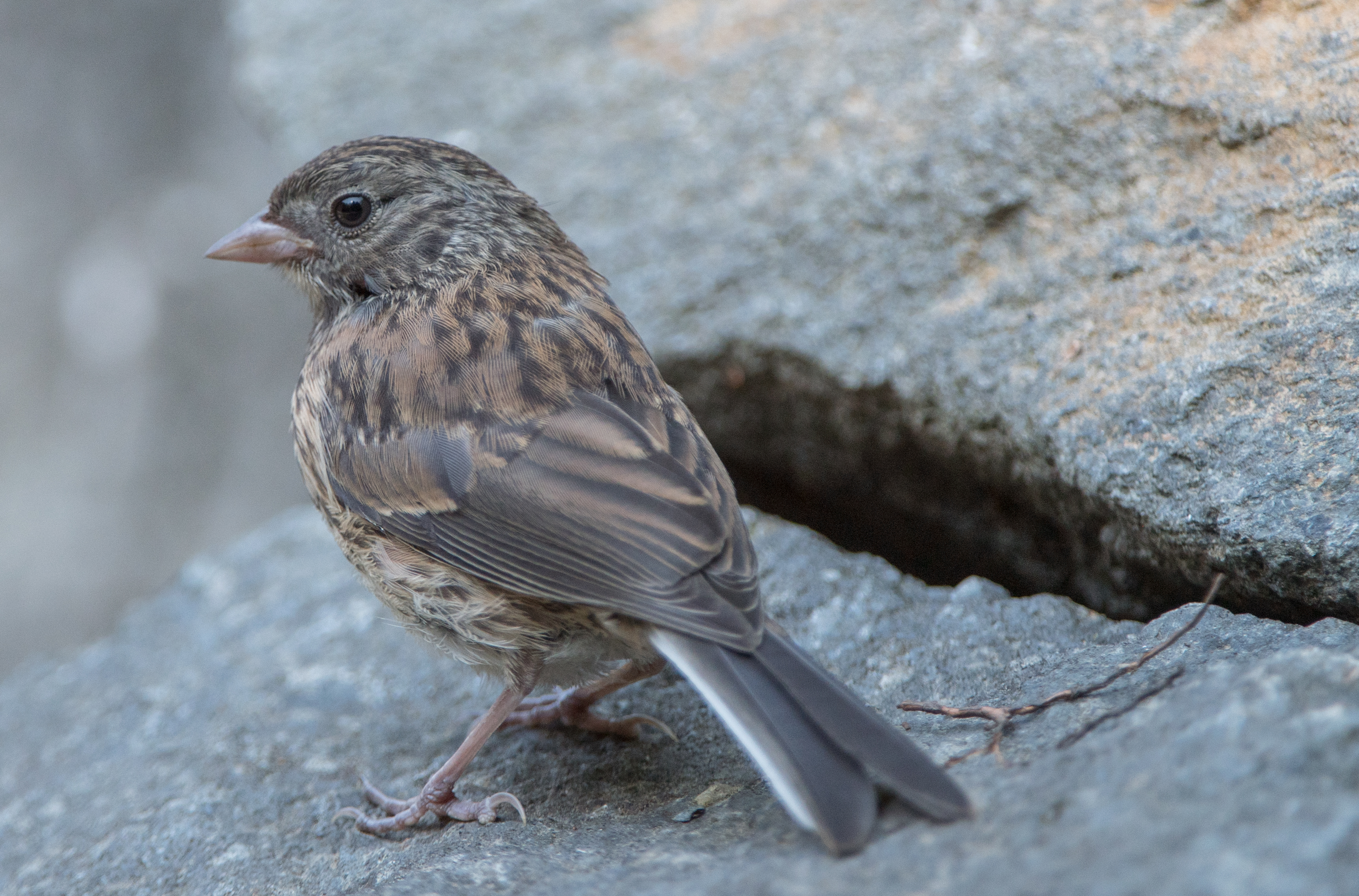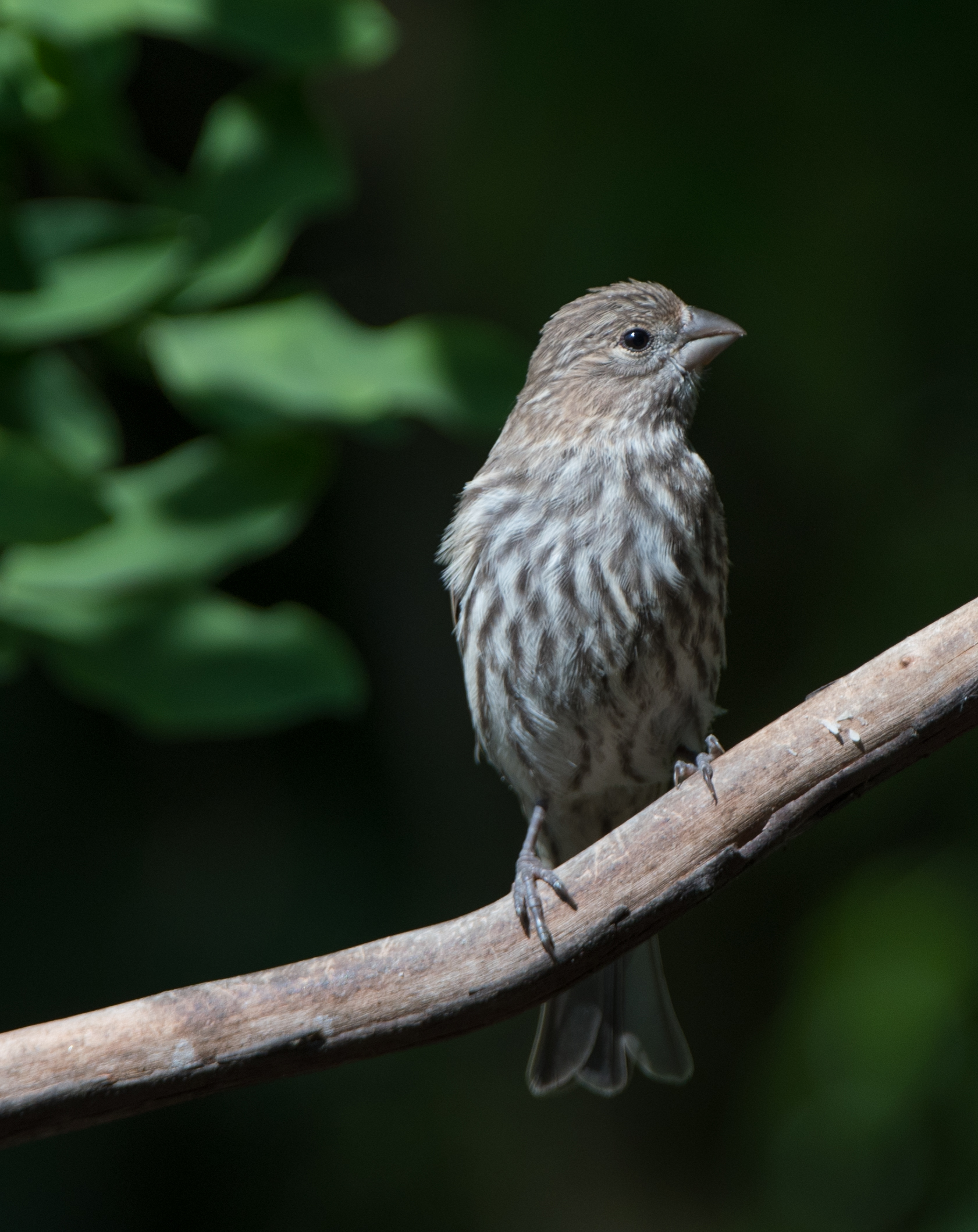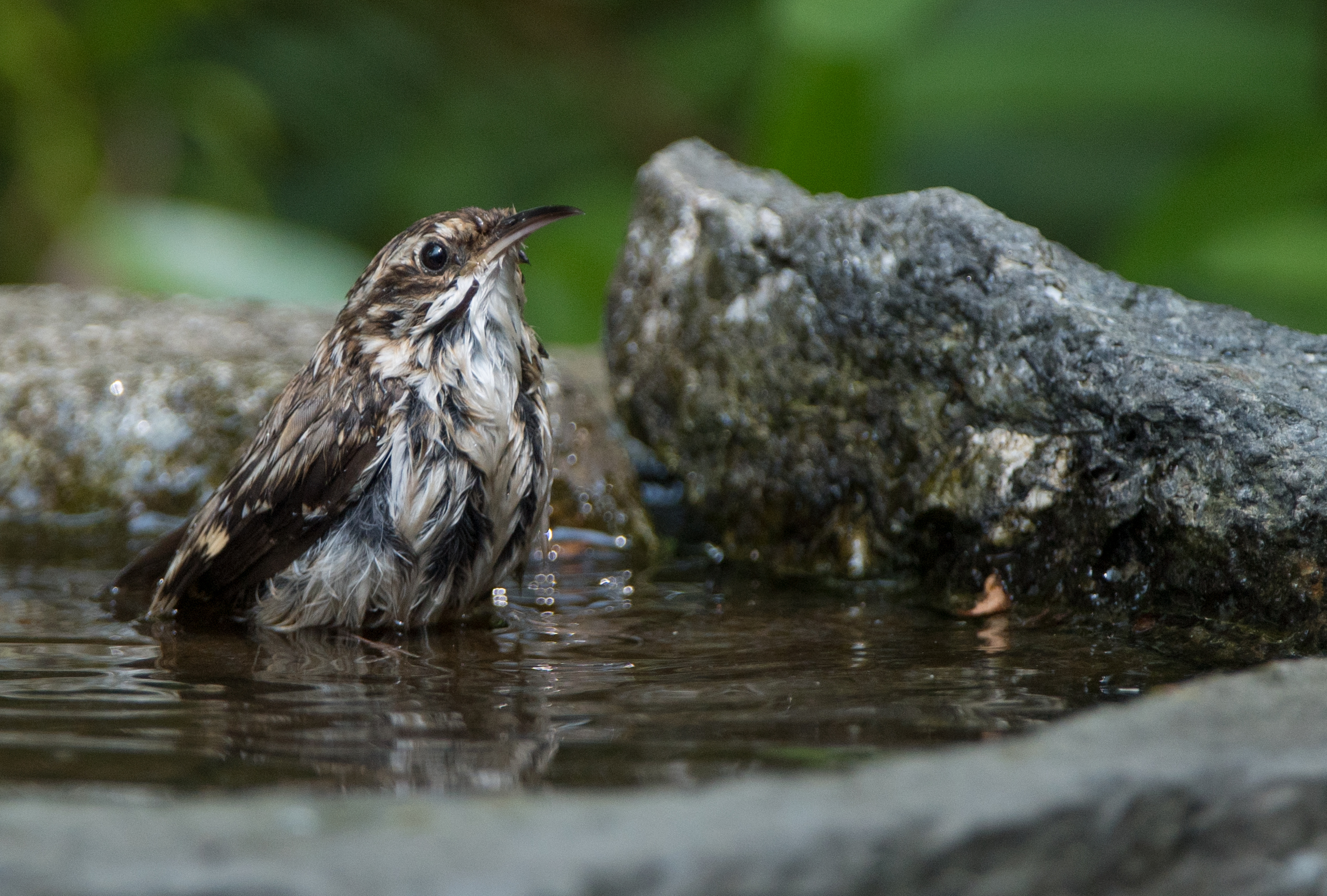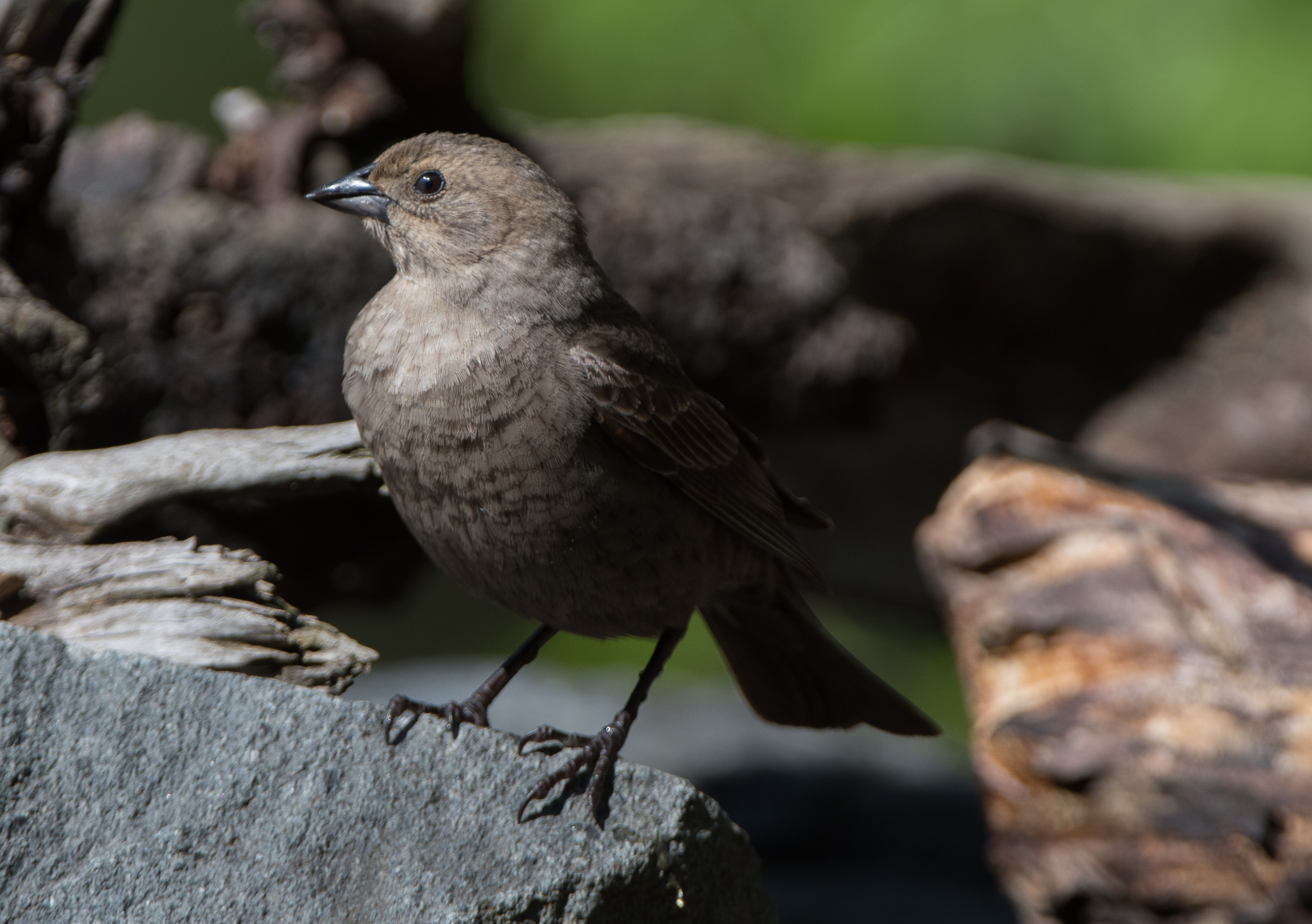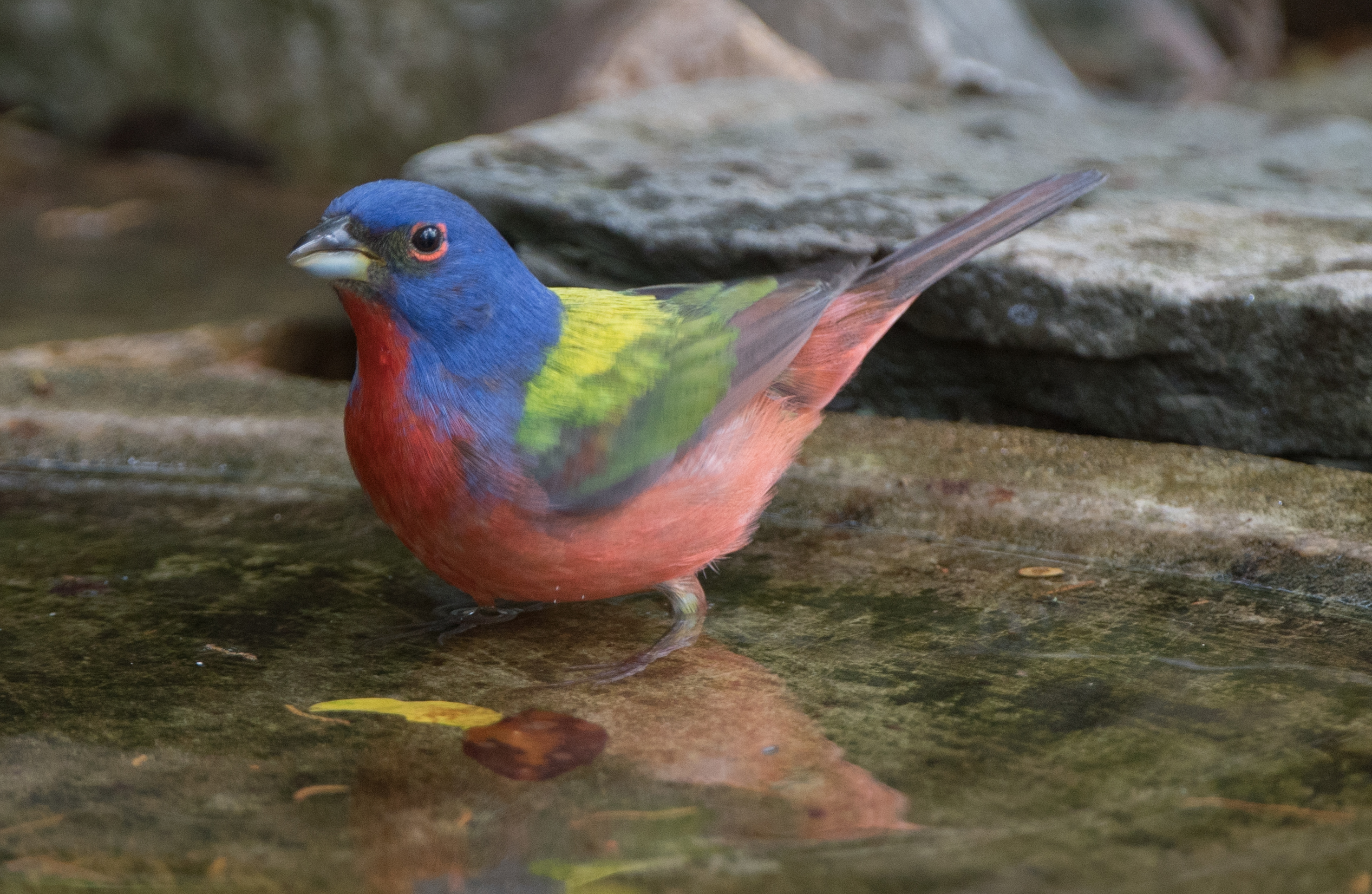For the past several years I have traveled back to where I grew up and where I finally got more serious and involved in birding, Central Texas. My sister and her husband have acreage outside of Austin and I usually spend about a week with them during what we try to predict will be the height of the spring migration. This year I went down a little later than normal but the results weren’t any better than in immediate past years, and a week of our potential observations were lost when we all spent a week in Arizona just a week before I arrived in Texas. As I just mentioned, the observations were not as robust as in some previous years, but it matters not as I always see birds I can’t see in the Pacific Northwest and we have a good family visit. So for the next couple of posts I’ll share some of the birds we observed while I was there.
This first bird should need no introduction… it’s a male Painted bunting, probably one of the most colorful birds native to North America. This year I believe I counted a maximum of four males in the yard at one time.
This is the female Painted bunting…
Another bird admired by many birders, perhaps especially by those from the Pacific Northwest since we are out of the birds’ range, is the Northern cardinal…
This is a female Northern cardinal…
In the early days of my birding experience, we knew the following bird as the Tufted titmouse. At some point after leaving Texas the ‘powers that be’ decided to split the species. Thus we now have the Tufted titmouse (which I hope is what is depicted here), and a new species, the Black-crested titmouse. And unfortunately for birders, the birds crossbreed so there are hybrids in the area where the two populations overlap… such as Central Texas
These birds often hang out with chickadees and have some of the same behaviors. They function as an early warning system for snakes and owls, and as a youth in a rural setting I found both as the result of these birds’ vigilance.
This is a ‘beyond friendly’ male Summer tanager, probably the same one that has appeared for the last TWO years. The tanager is a spring migrant to the area and for both of the past two years we had a male appear in the yard at a bird bath that is only about eight feet away from the deck from which we watch birds. In both years the bird was almost fearless, avoiding a running watercourse and bath that would have been safer (farther from us!) and, anthropomorphically speaking, more aesthetic. It strains credibility, but it sure seemed like it was the same bird!
And now for the warblers…
This first bird is a Nashville warbler, easily the most prolific warbler visitor every year I have visited Central Texas in the spring.
One of our more exciting visitors is the male Black-throated Green warbler, which closely resembles the rarer (and endangered) Golden-cheeked warbler (not pictured). So every one of these birds that enters the area gets careful perusal for identification.
And finally, for this post, a spring migrant which I had never previously photographed and which I had only seen on one or two occasions… a Northern parula!

